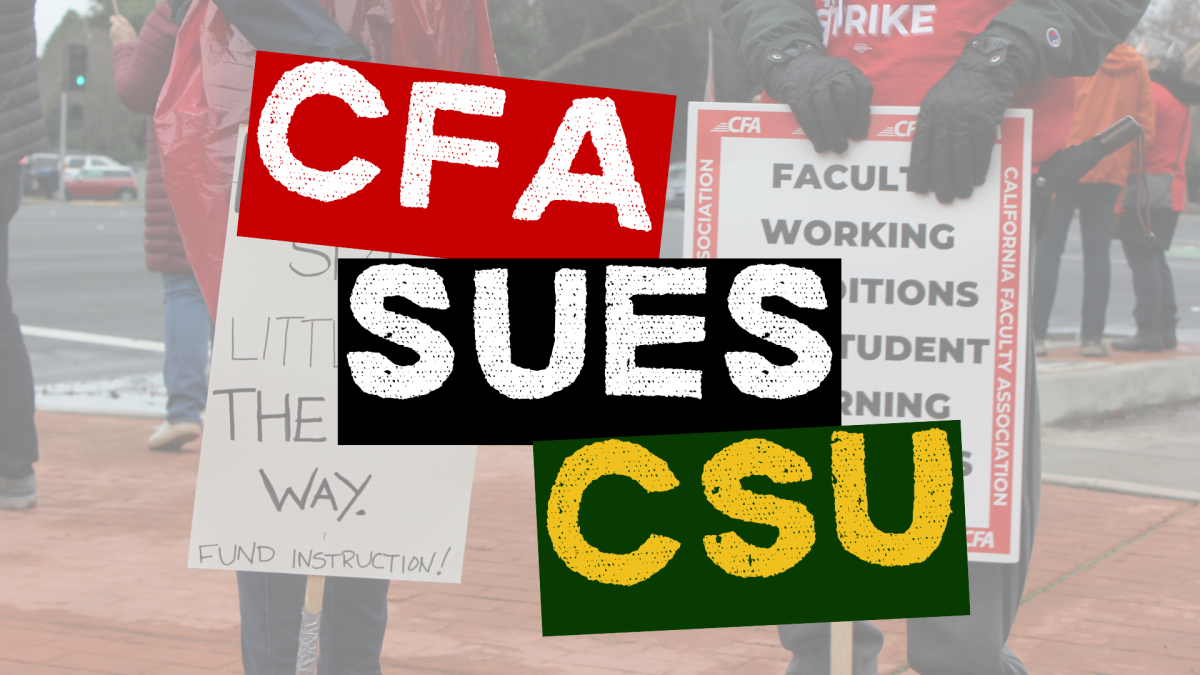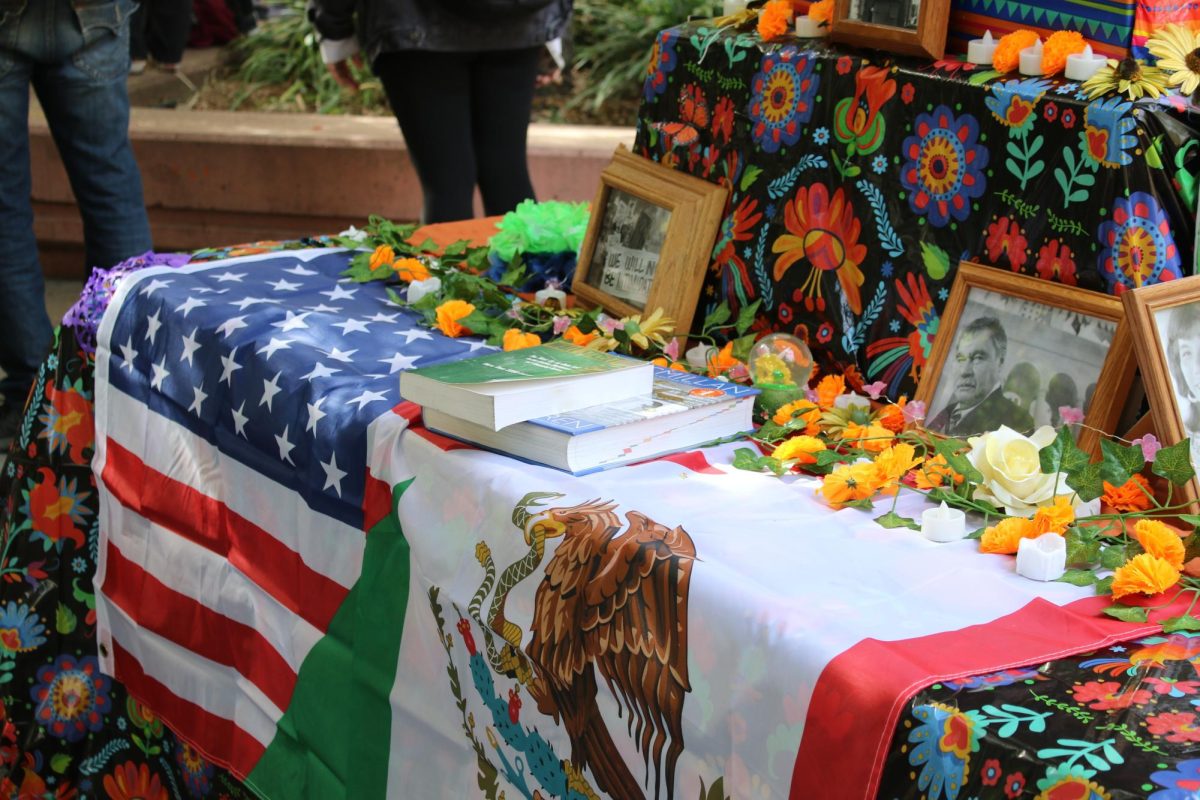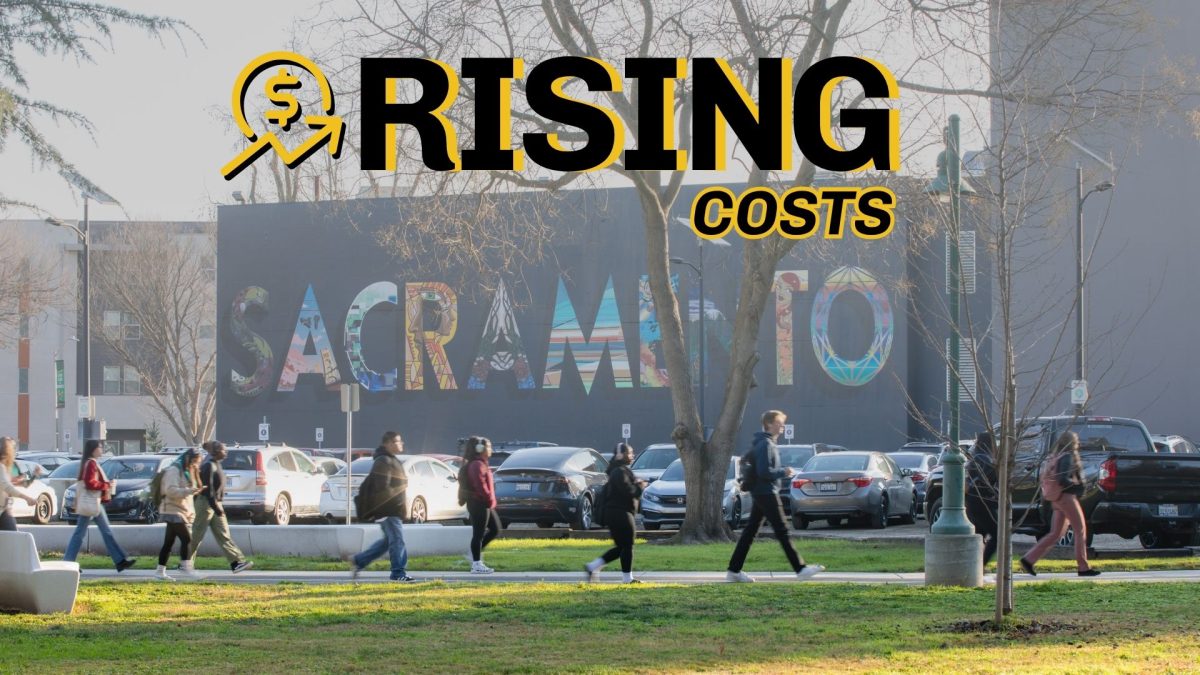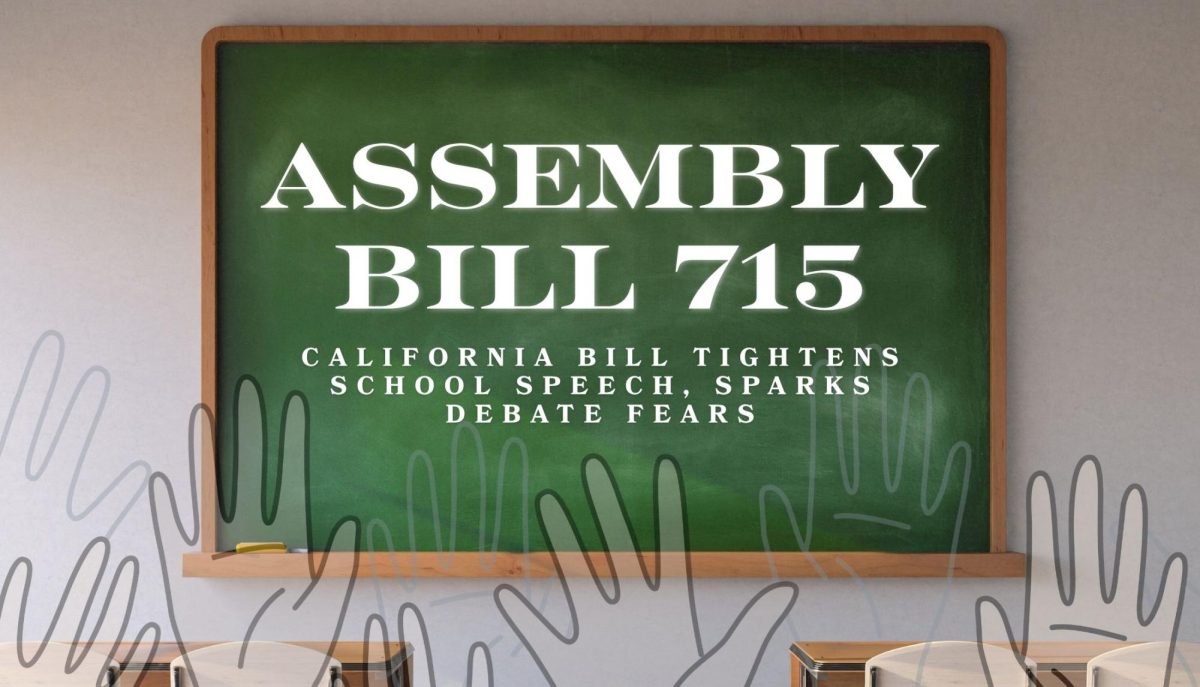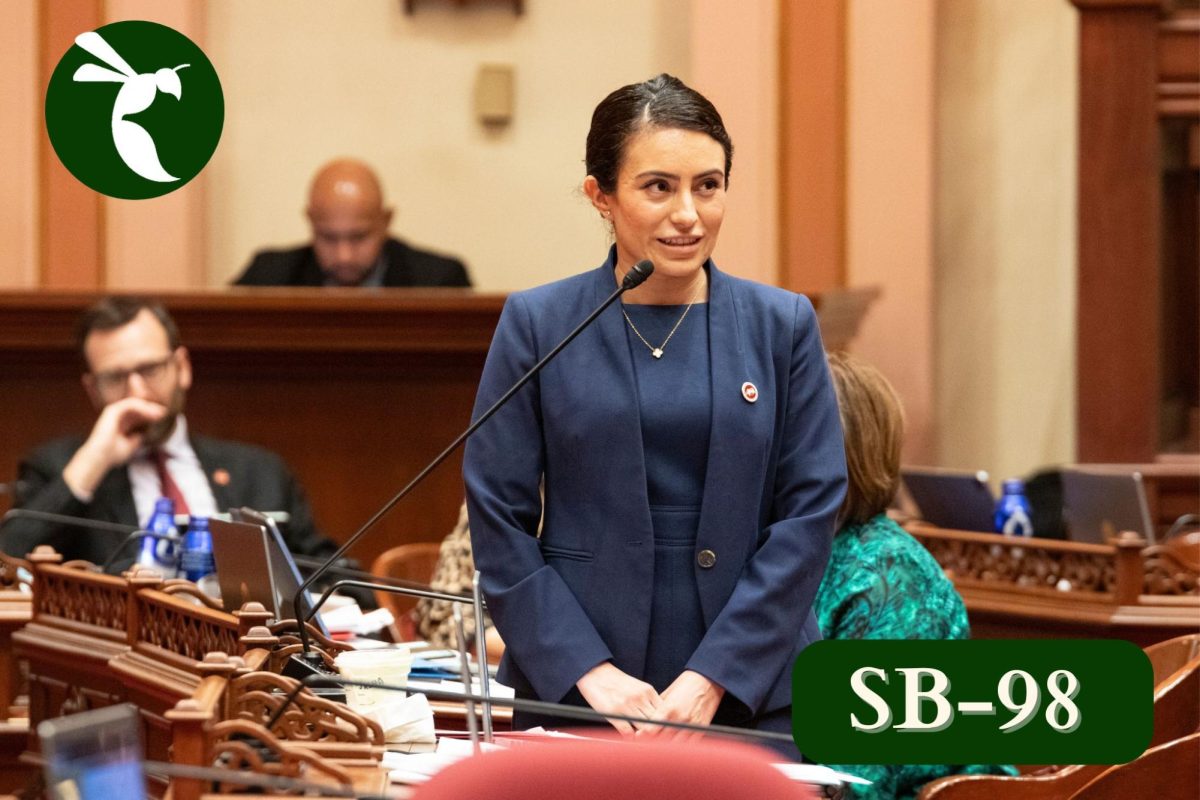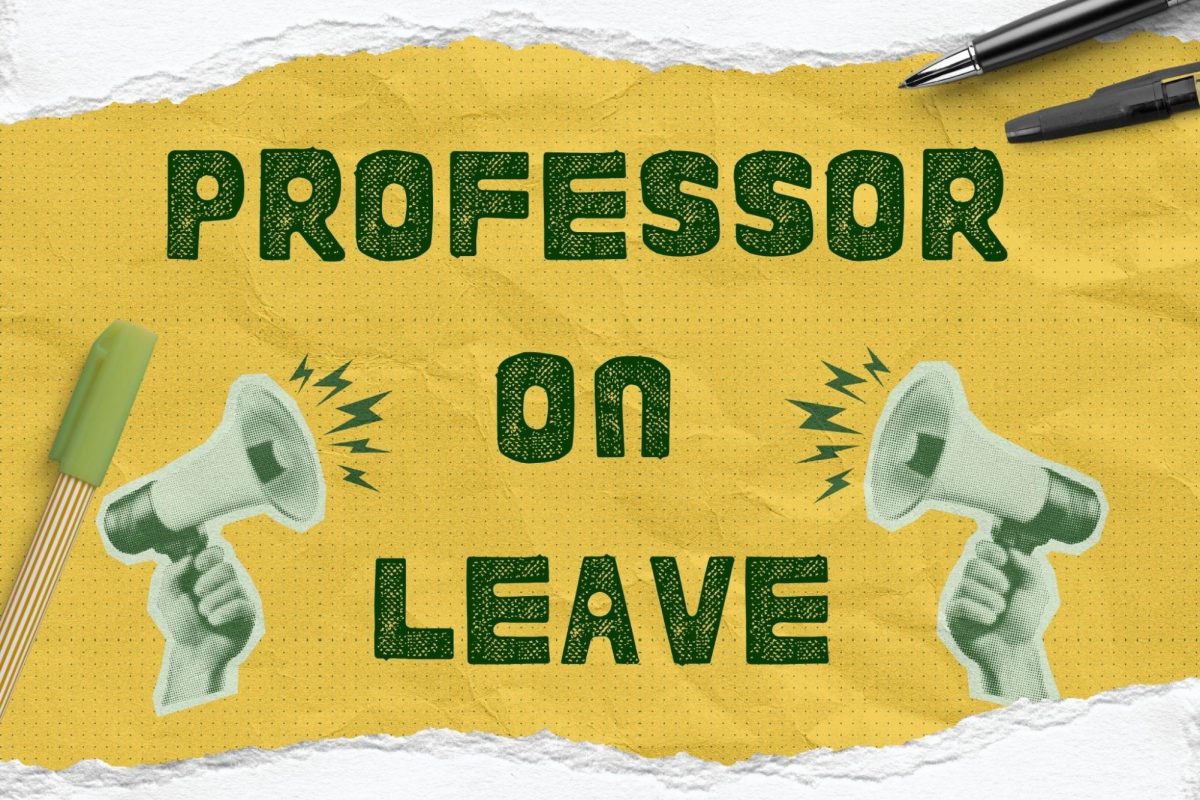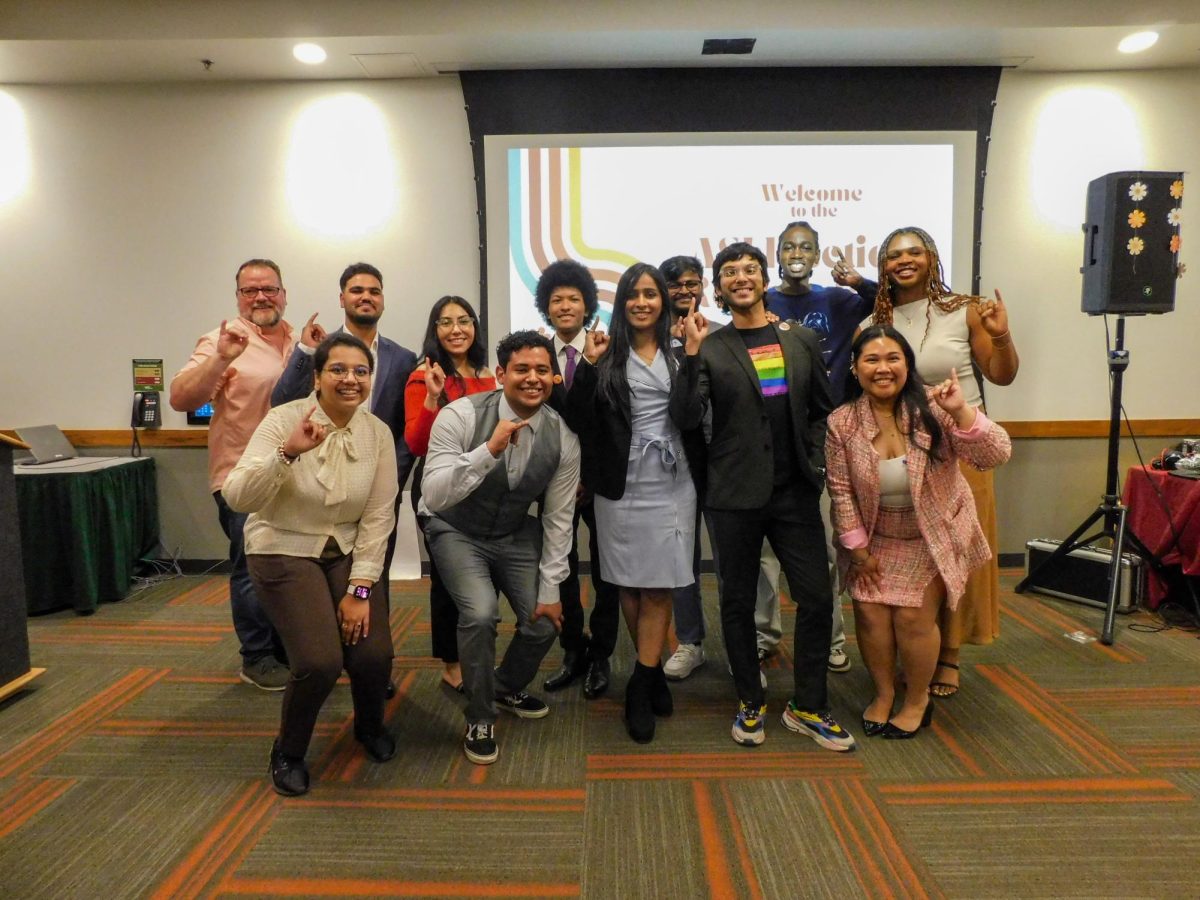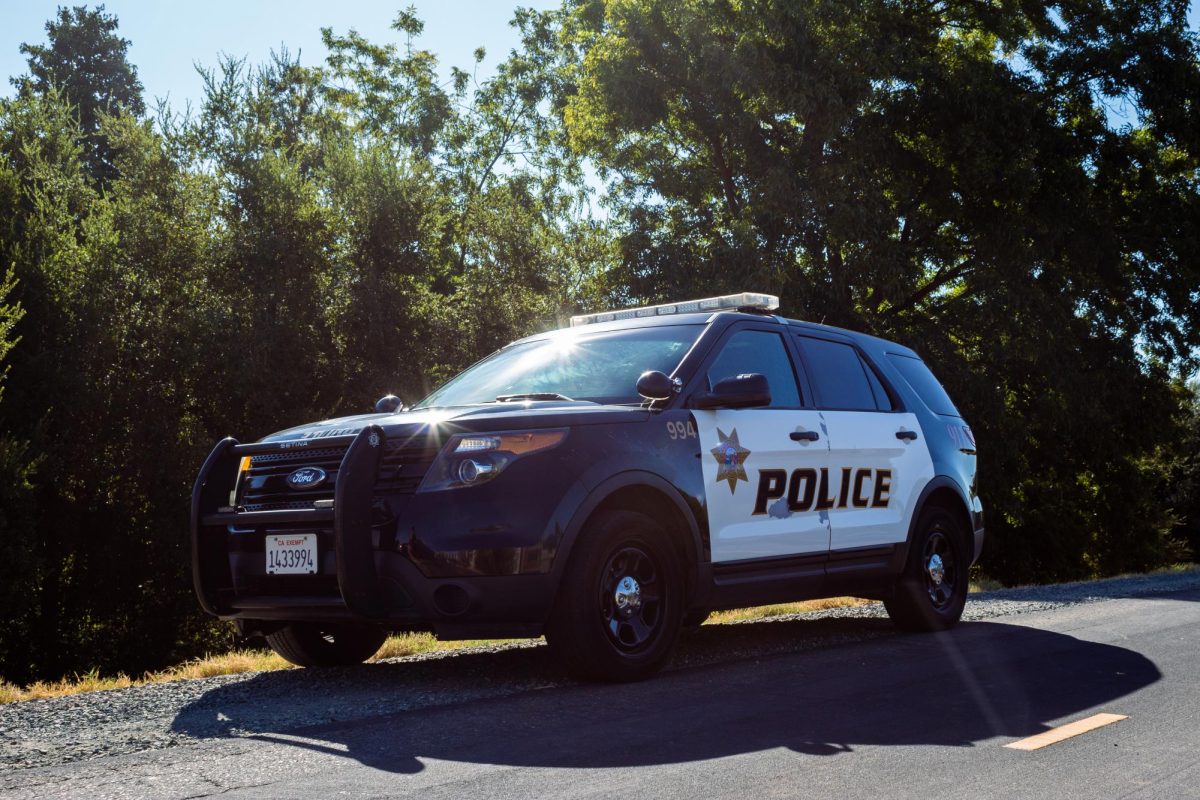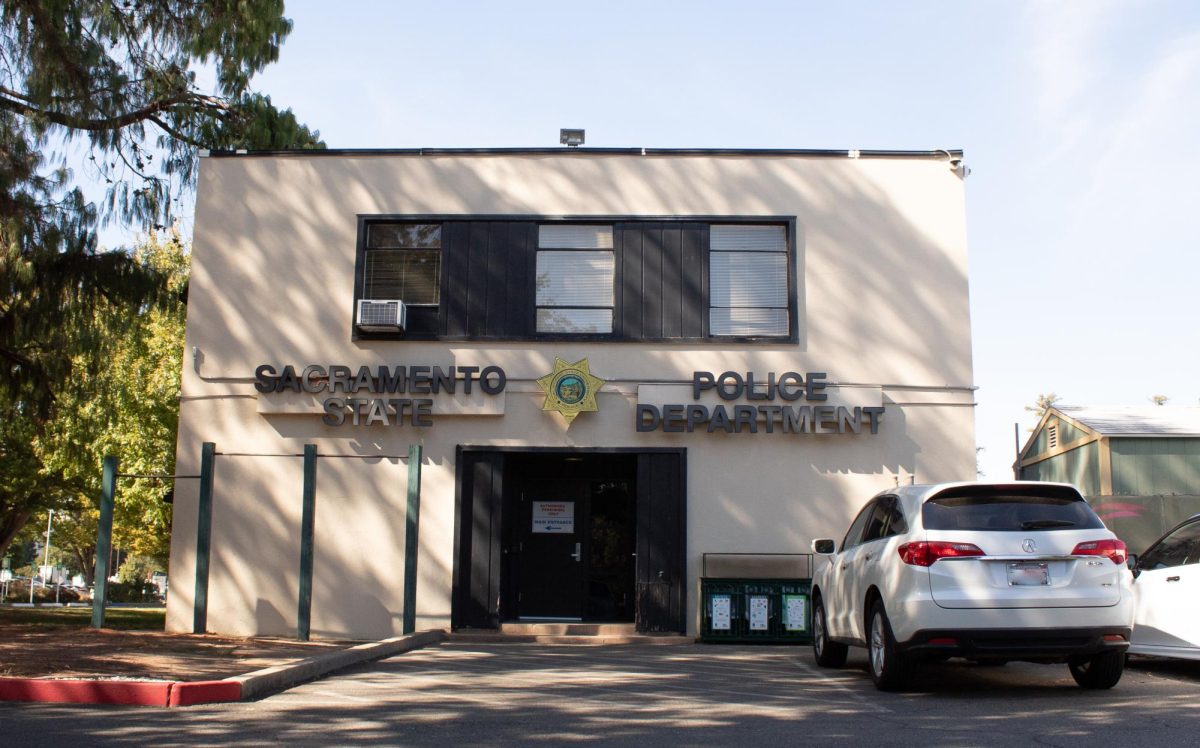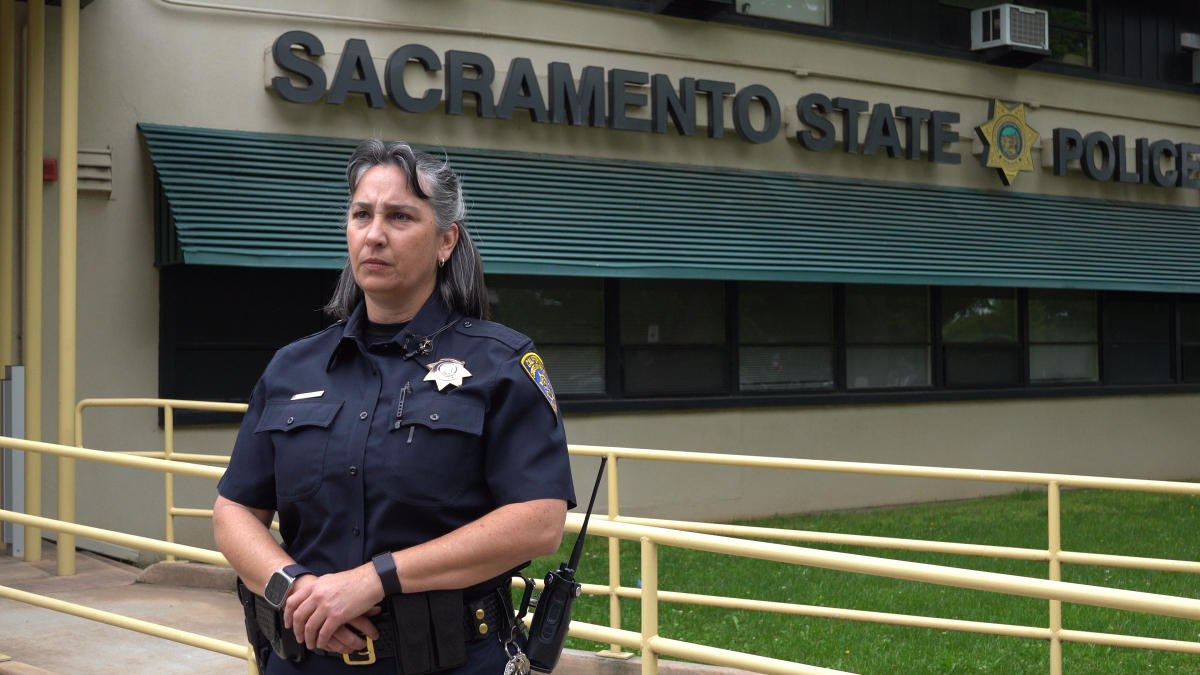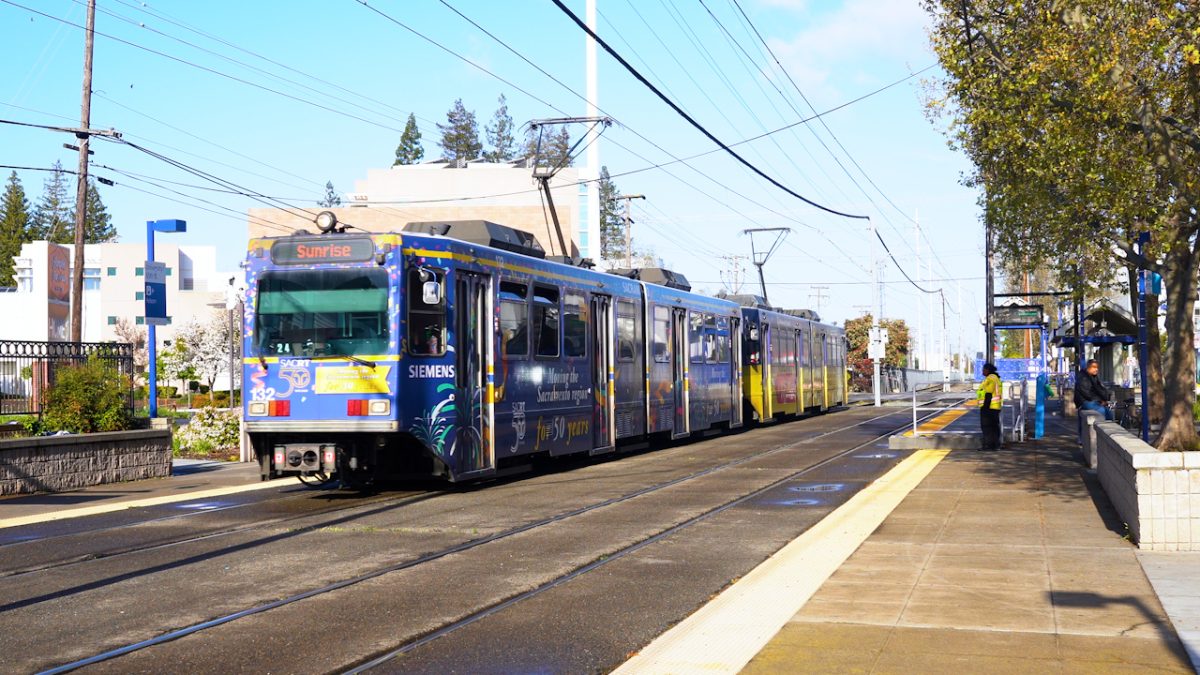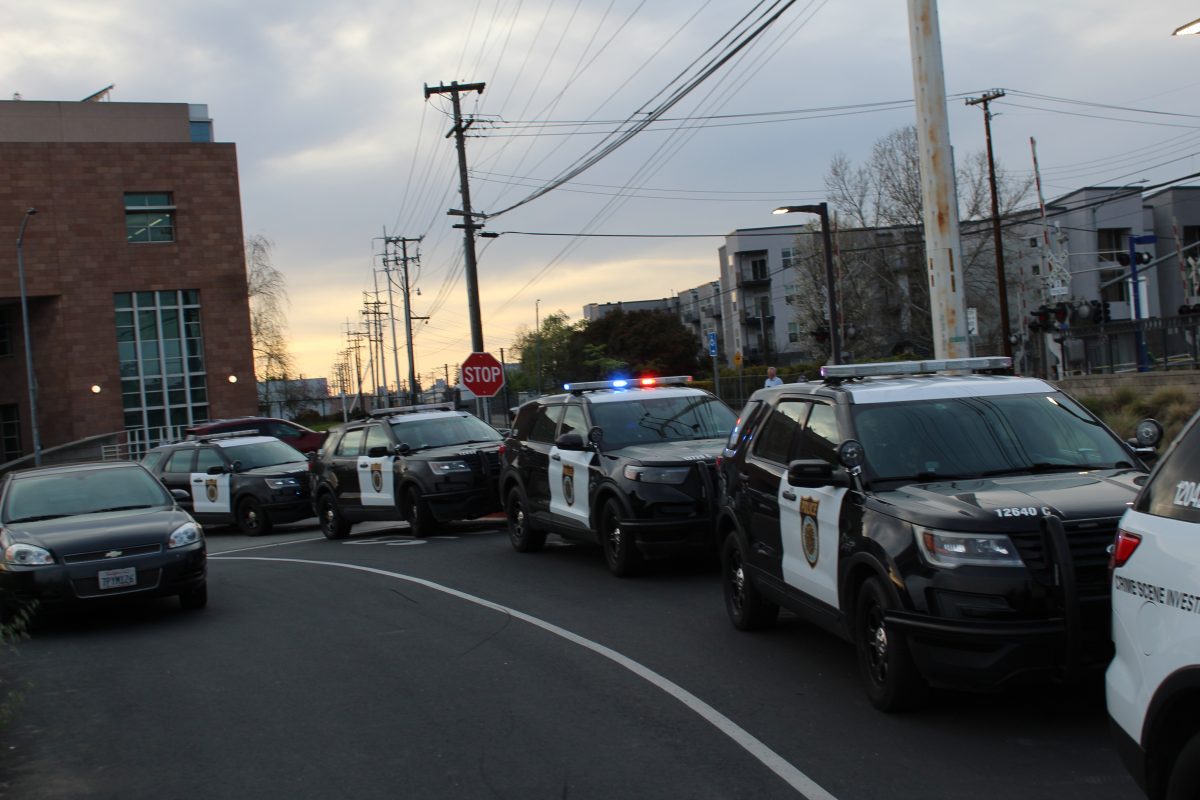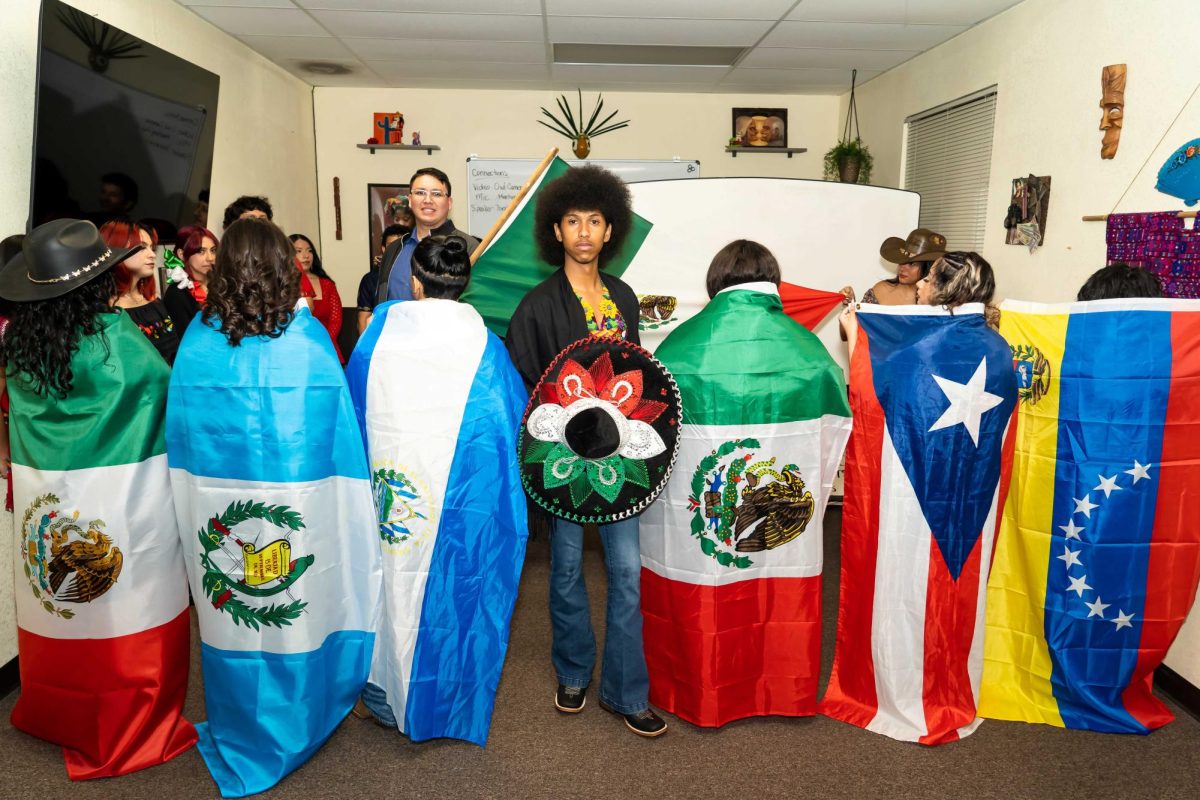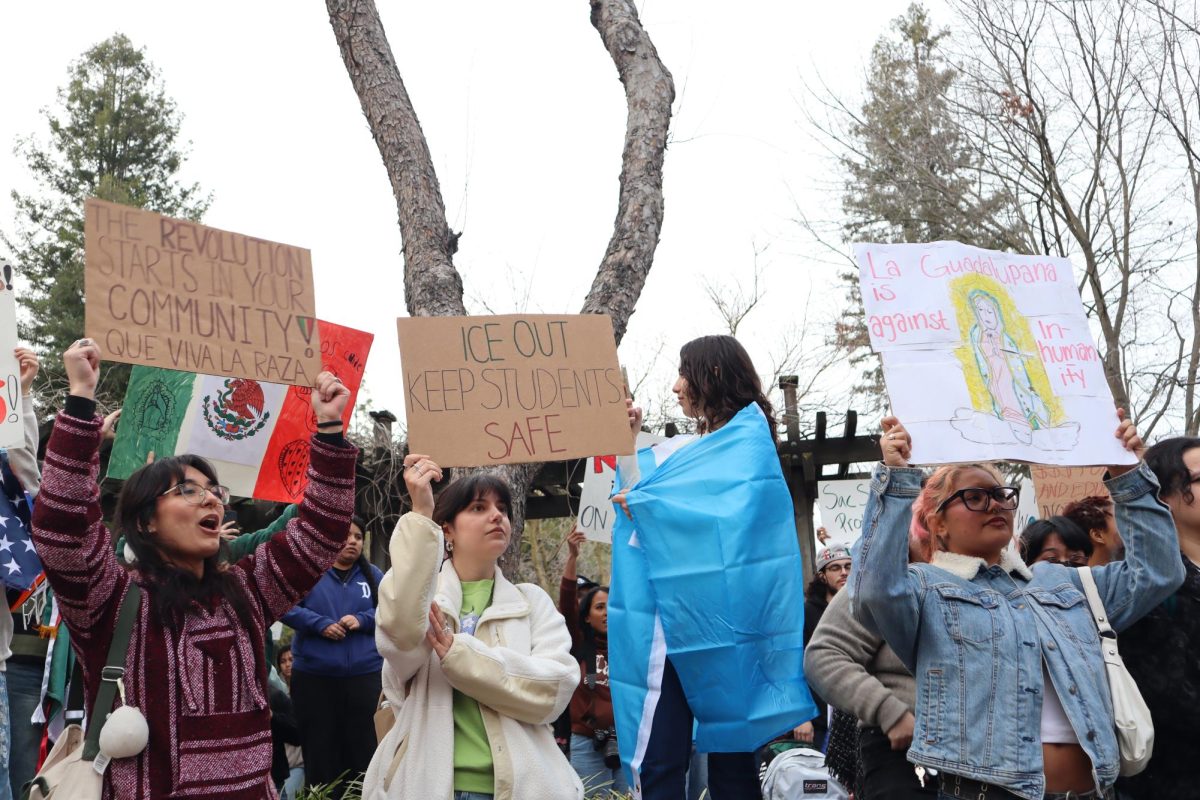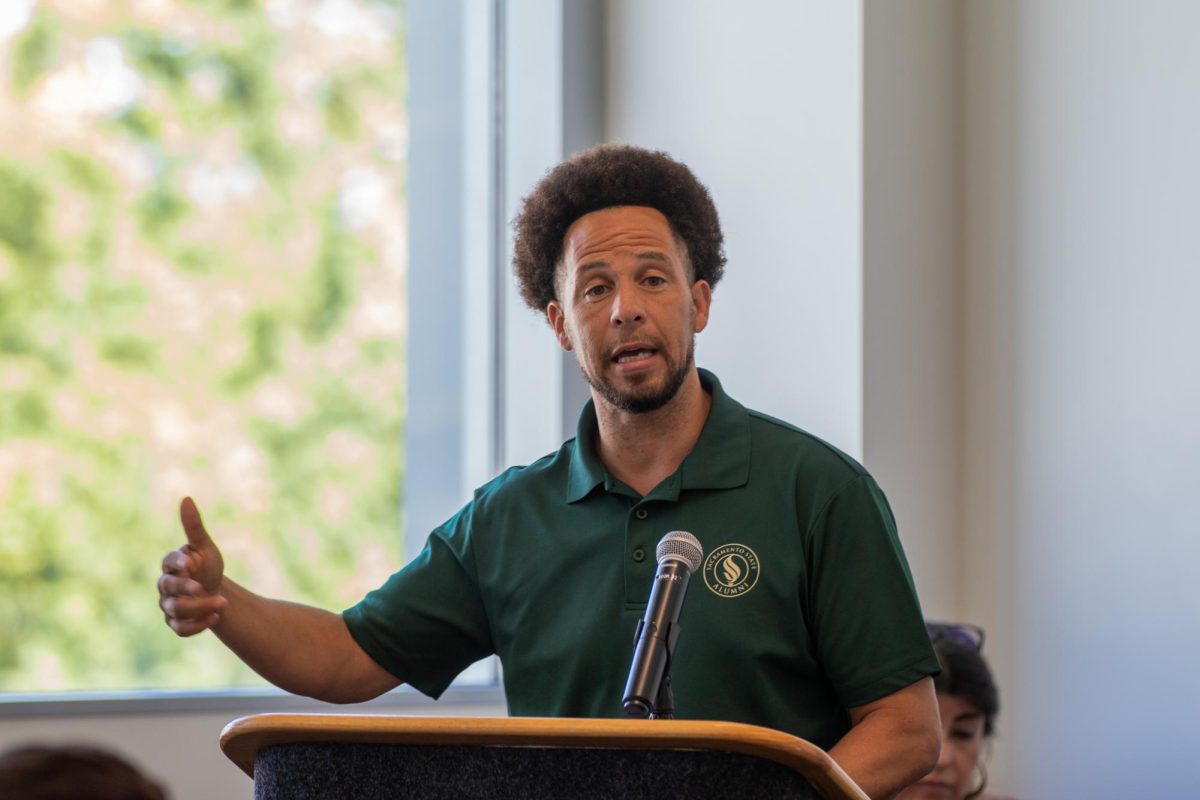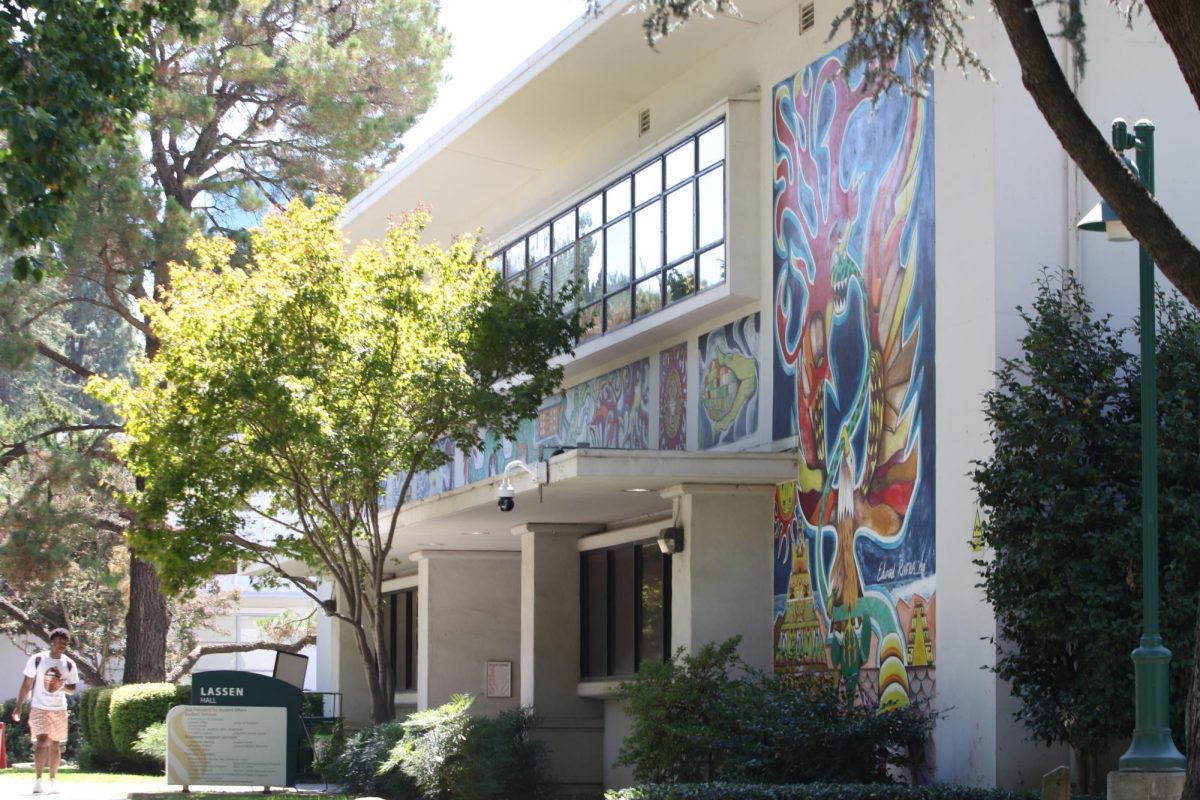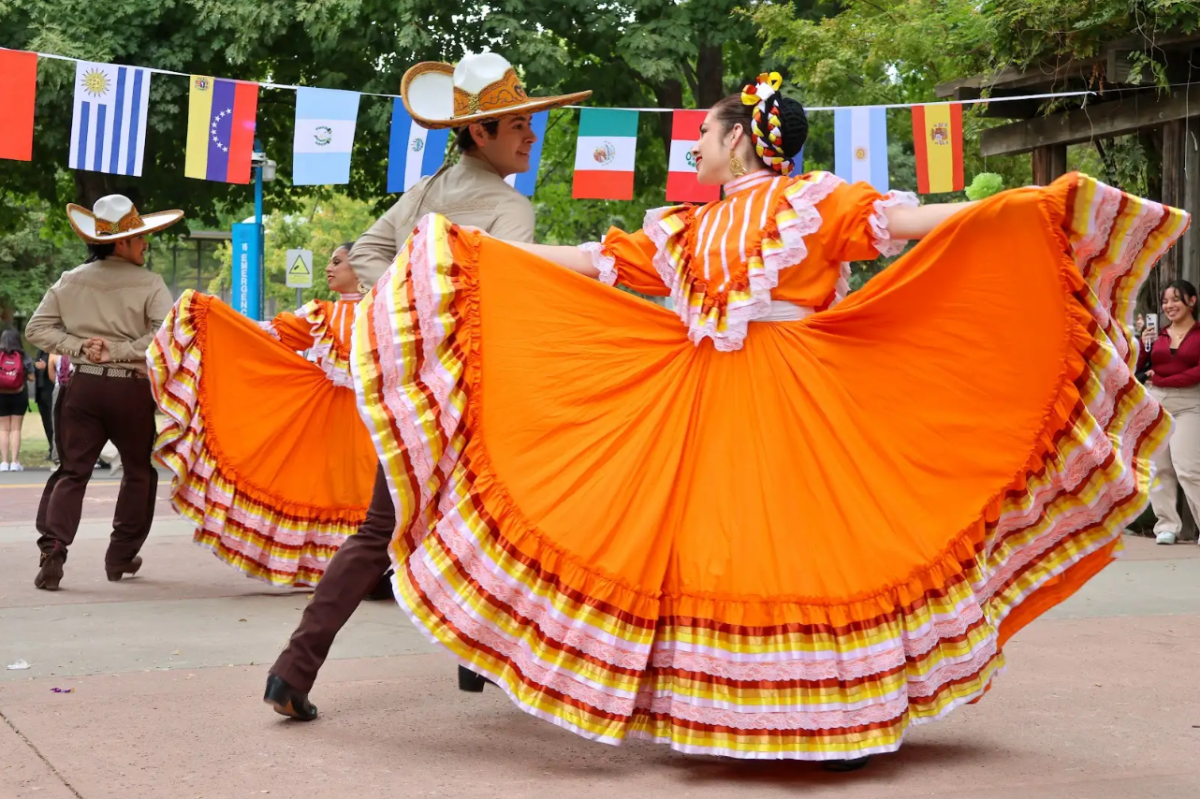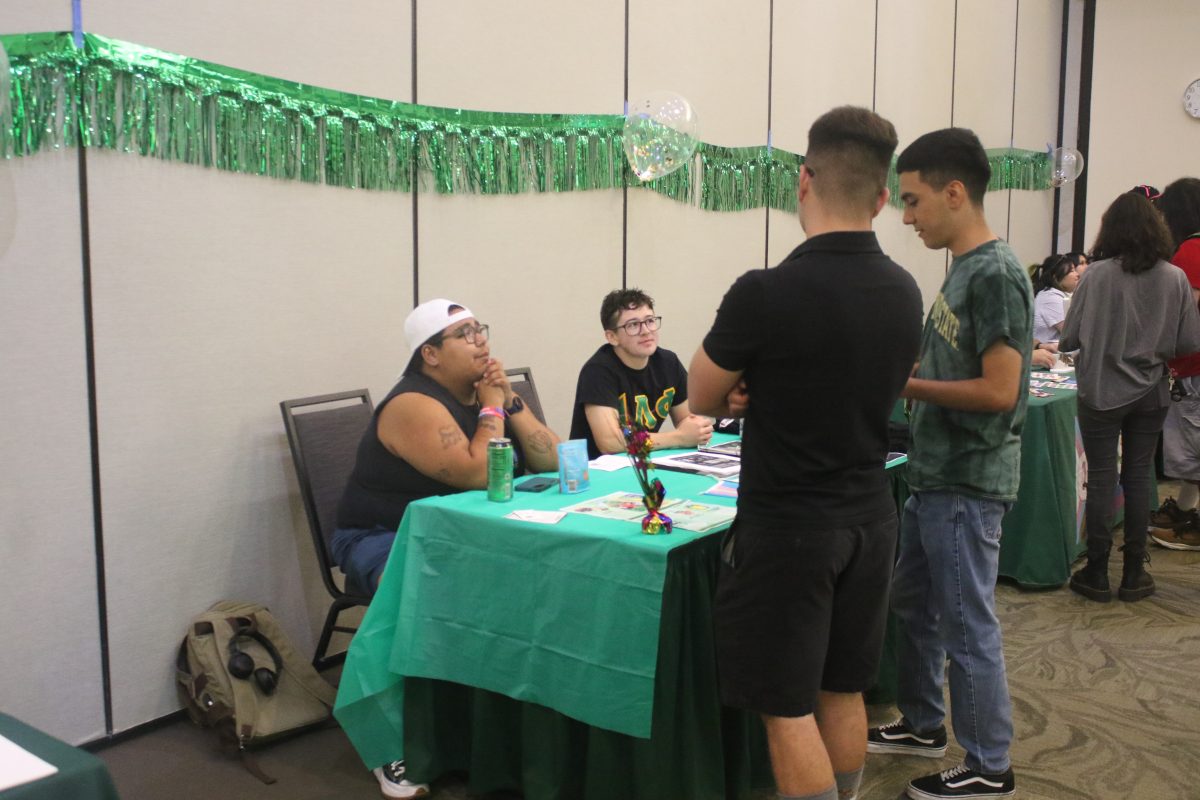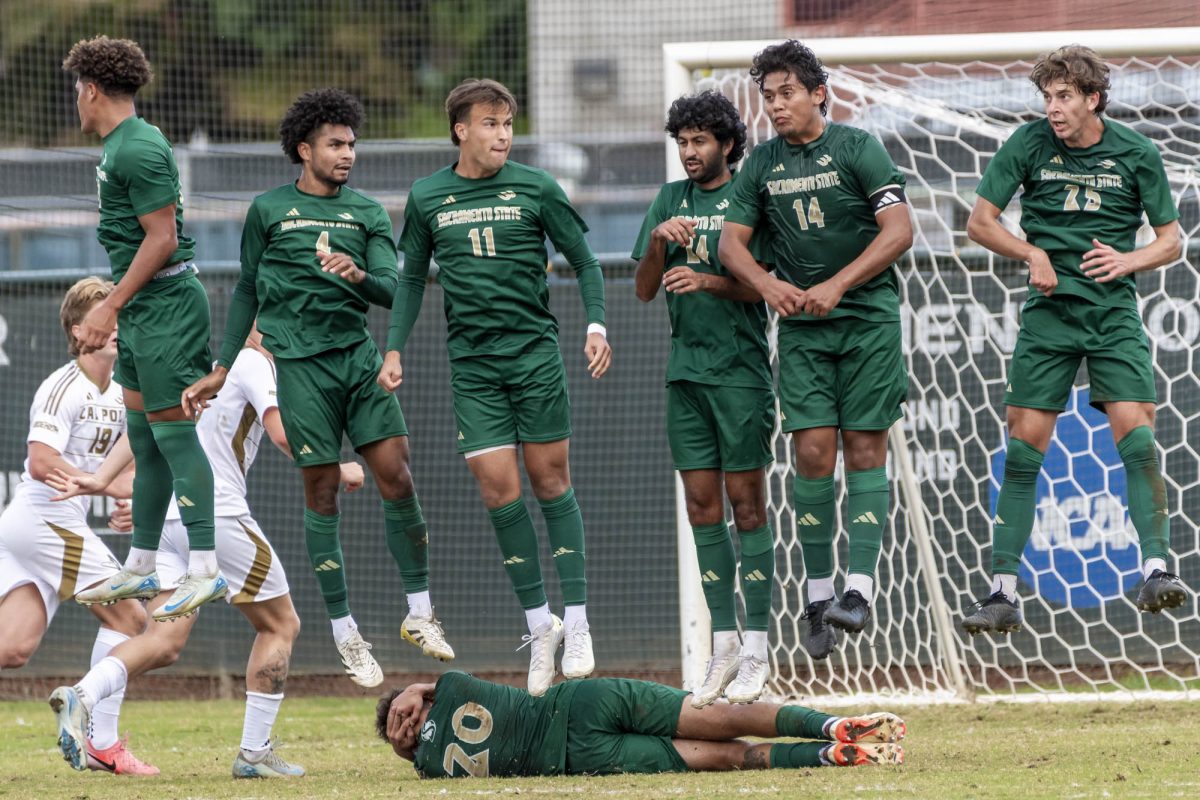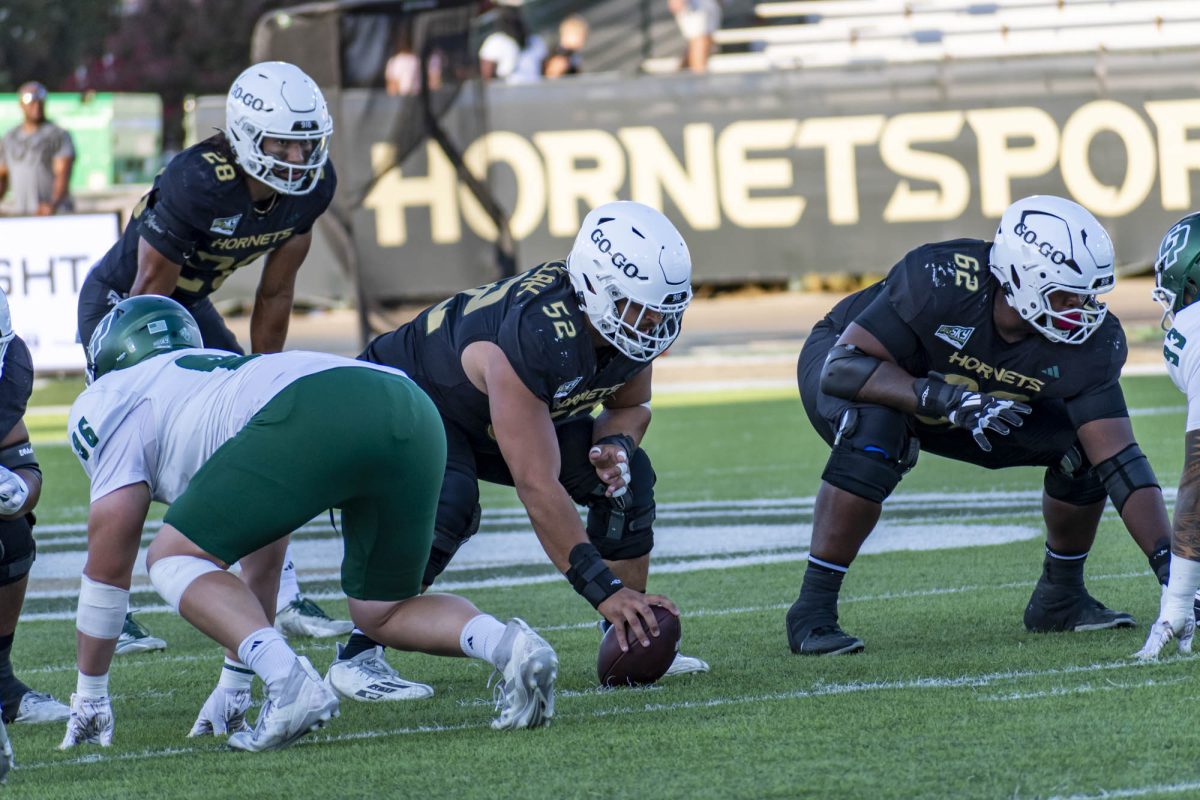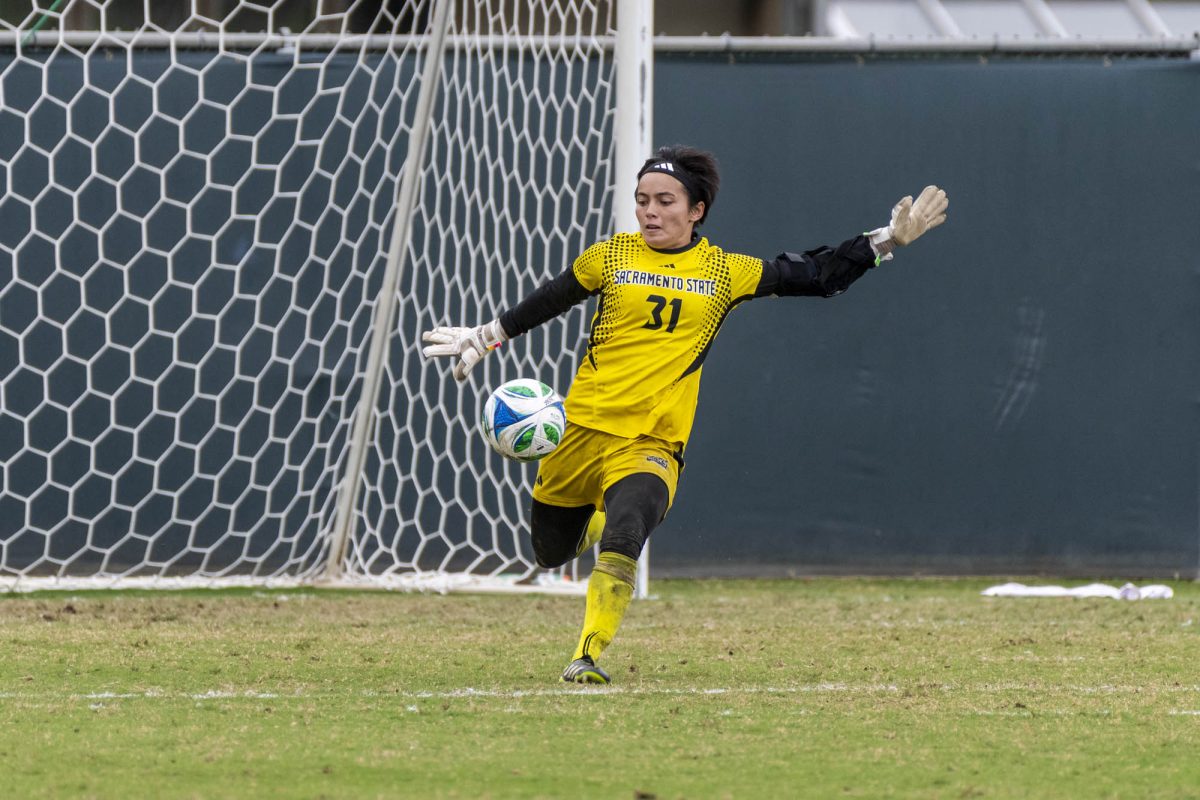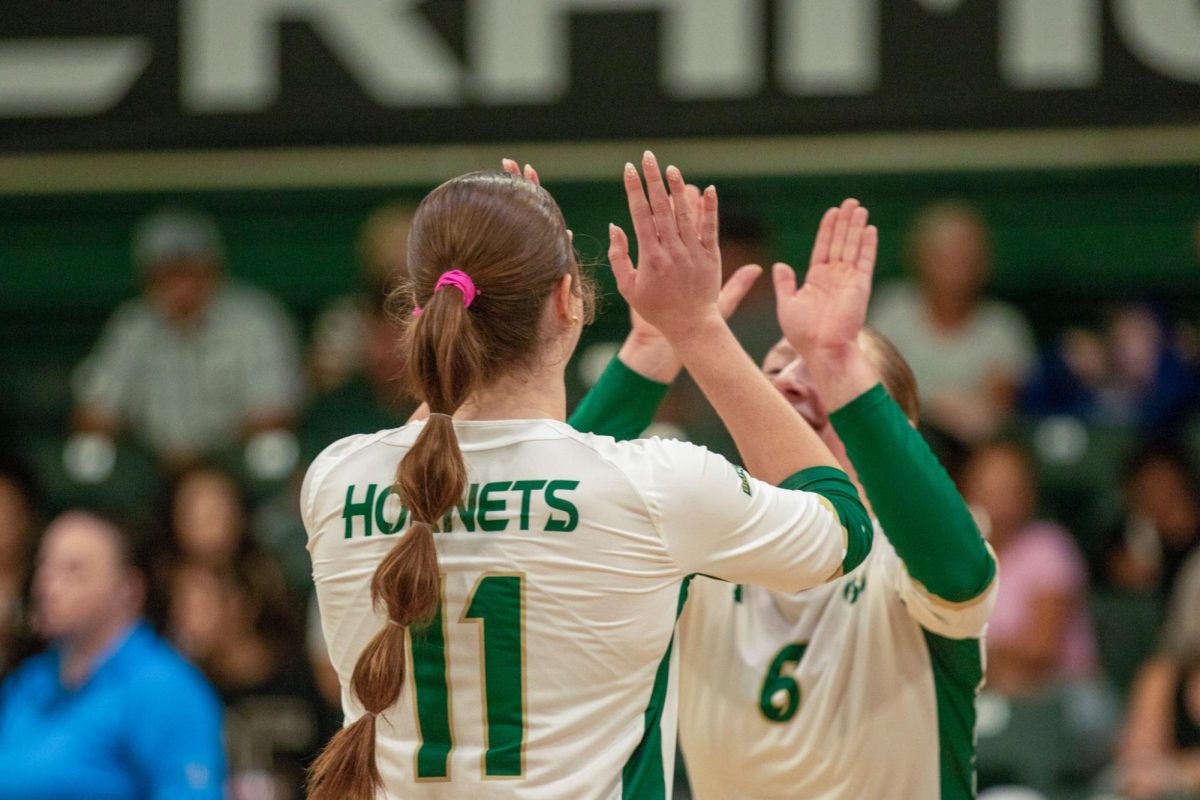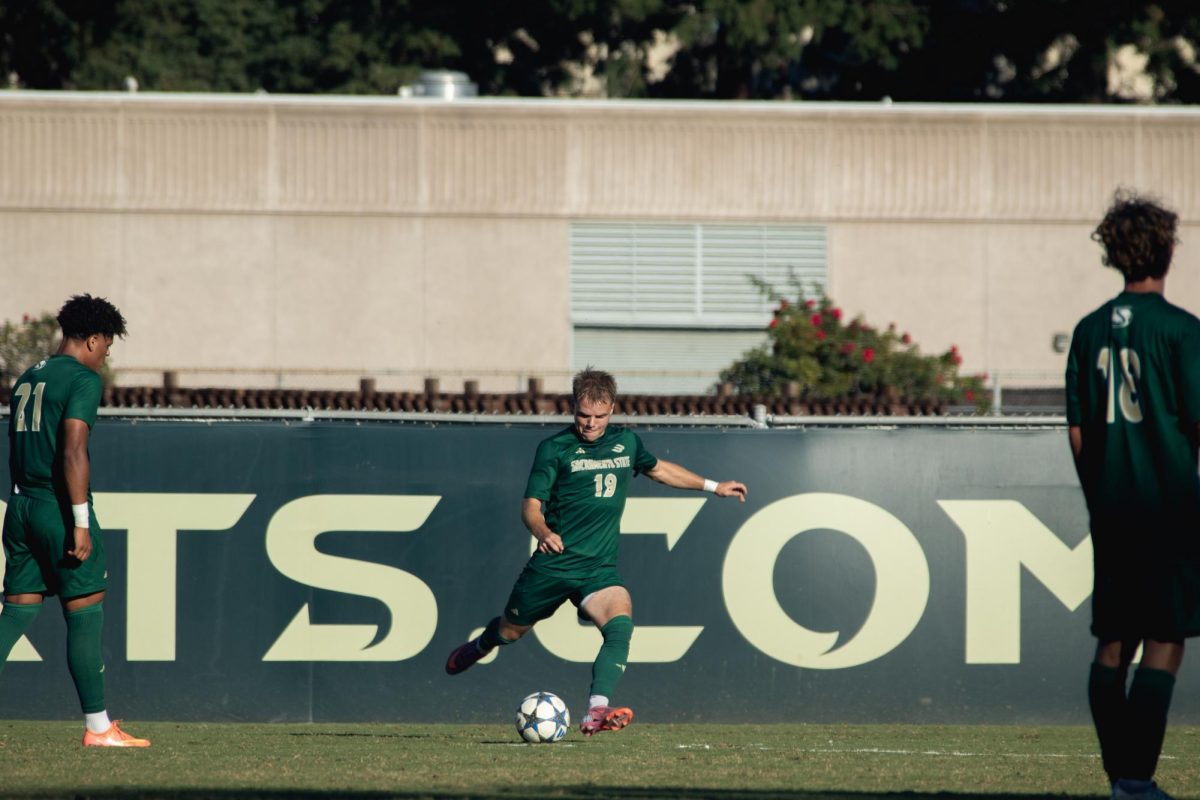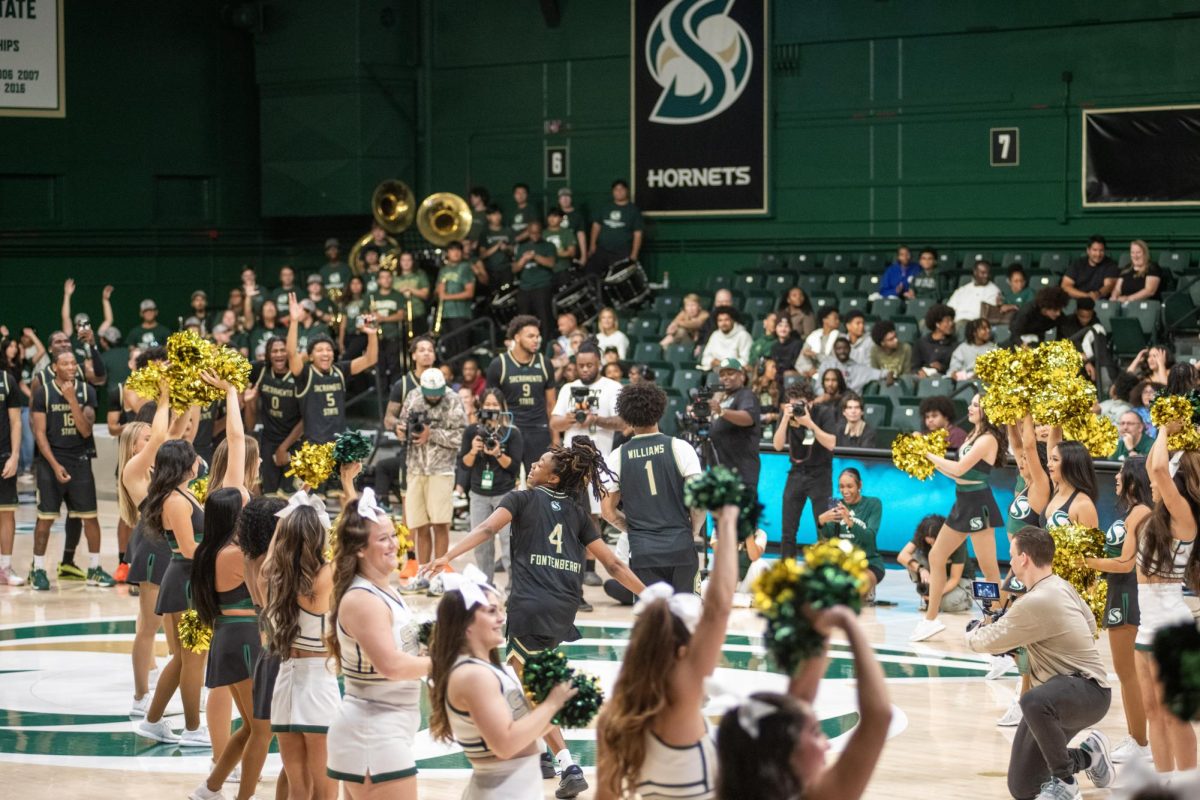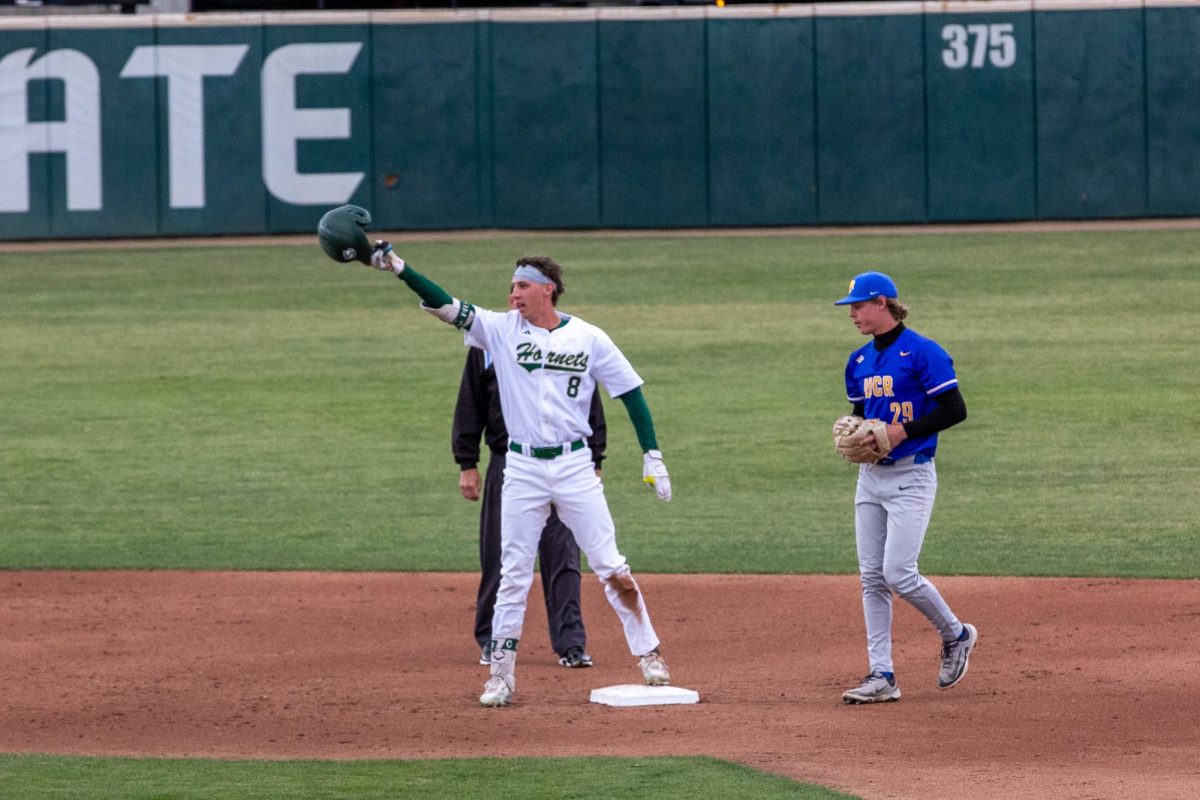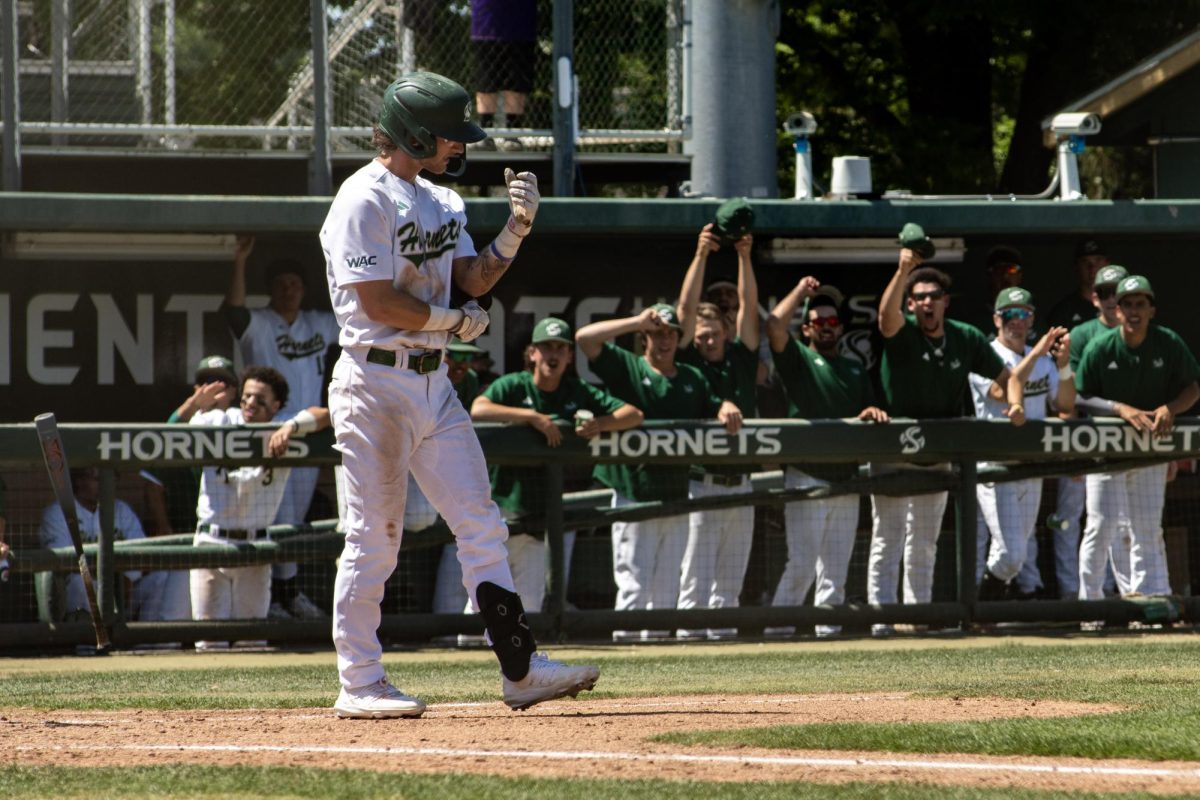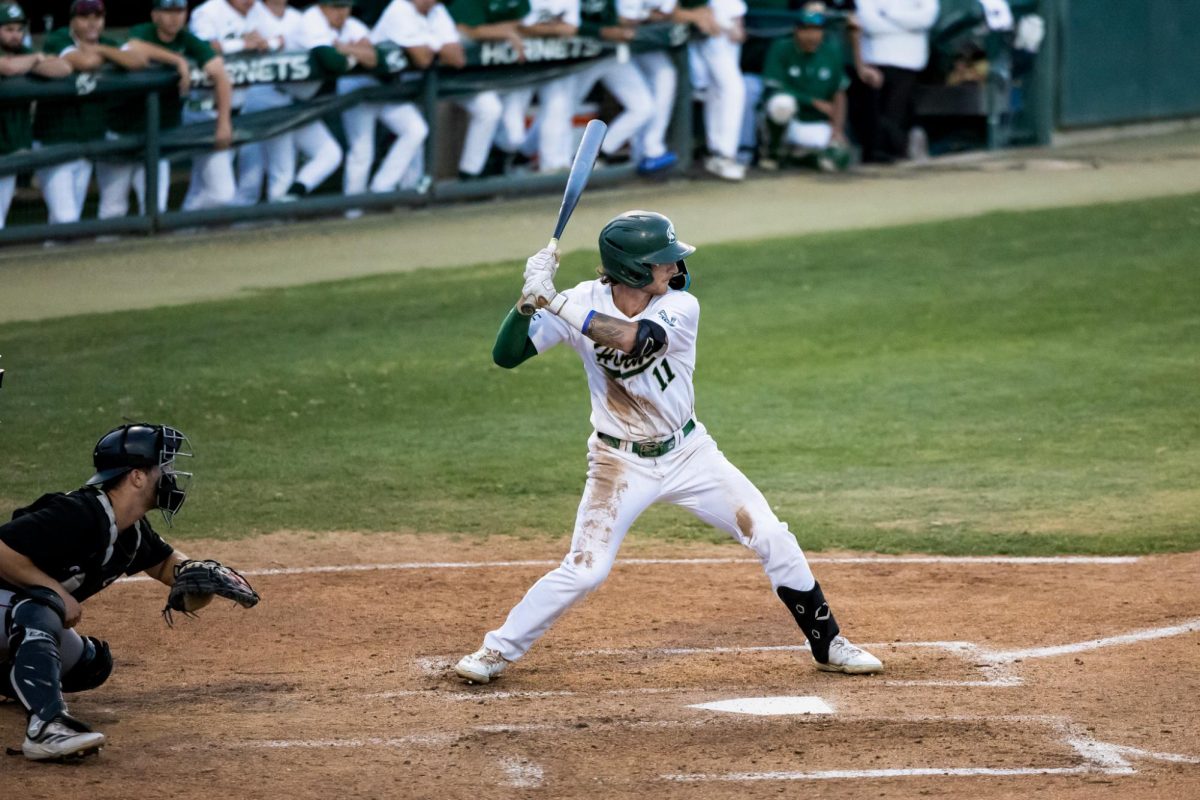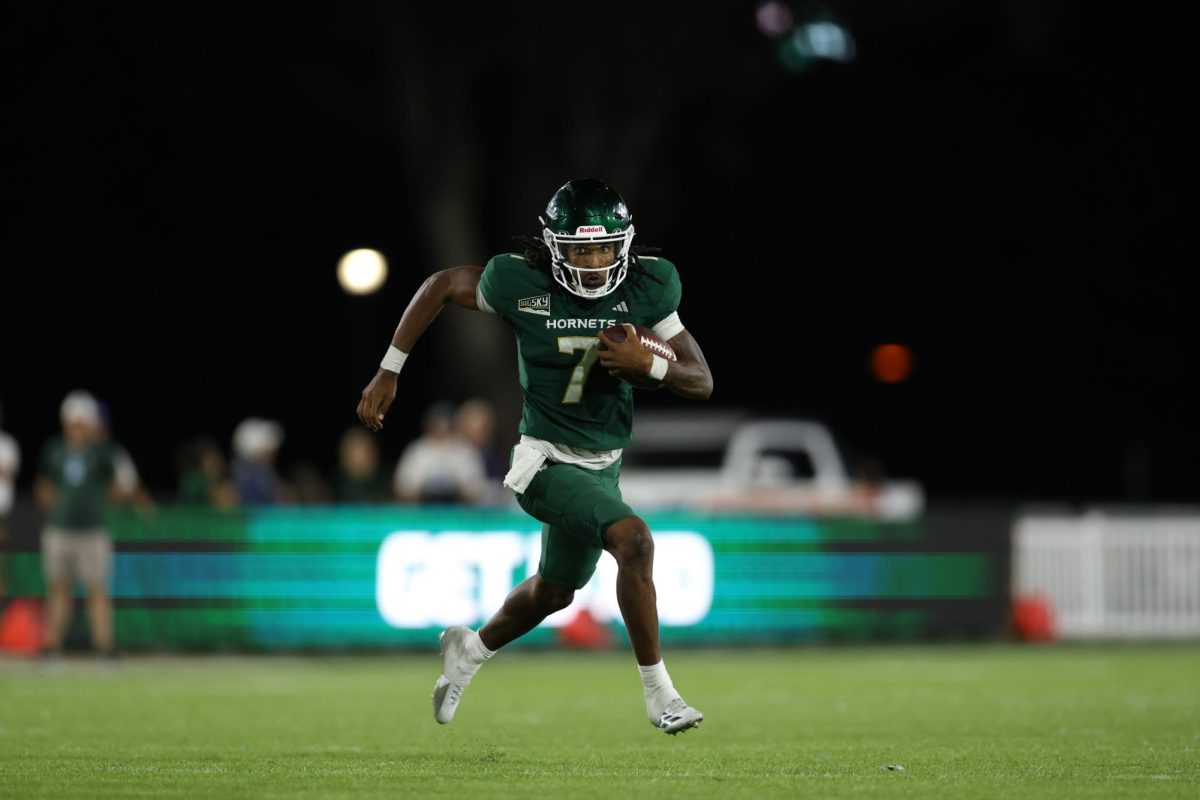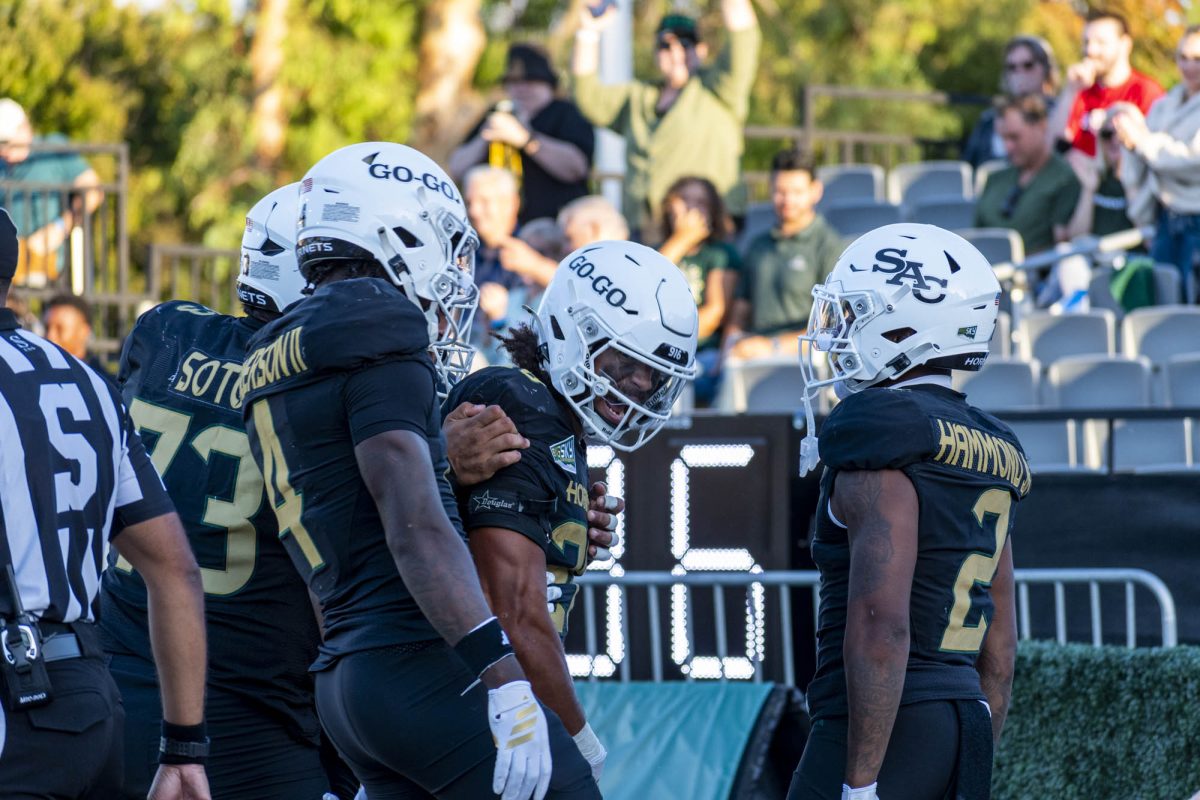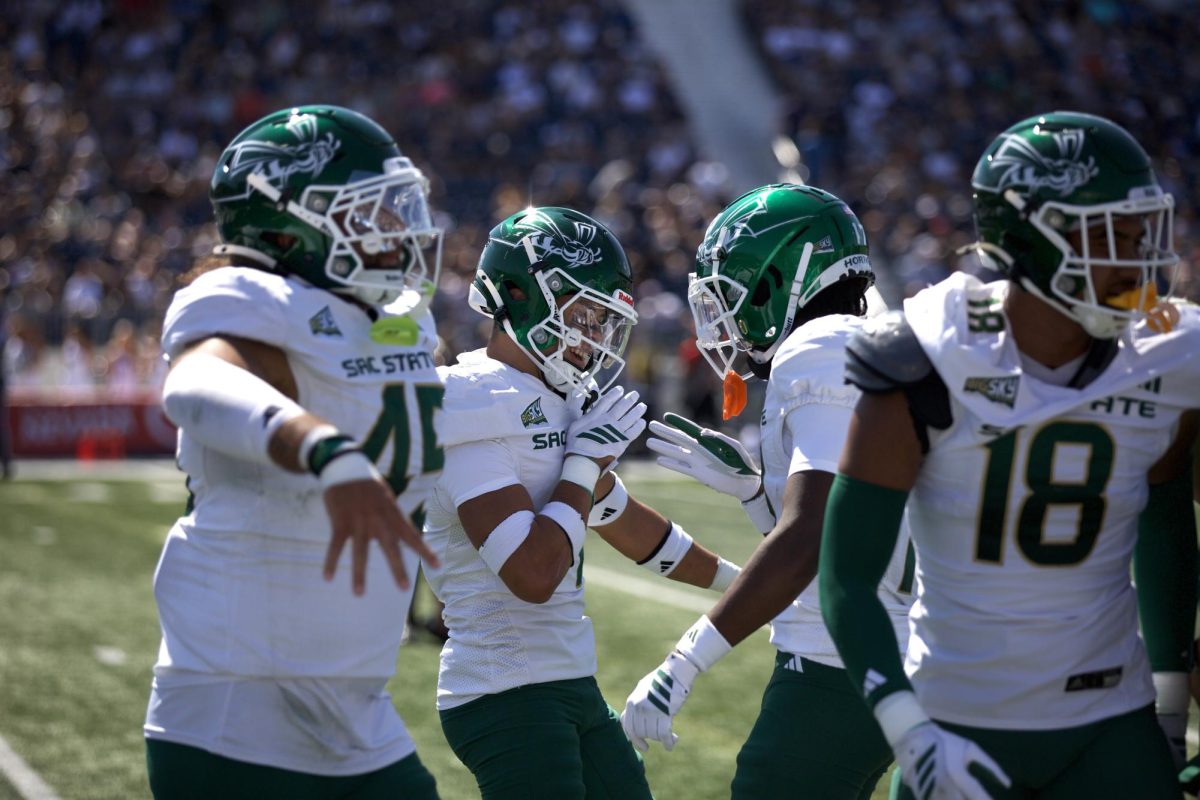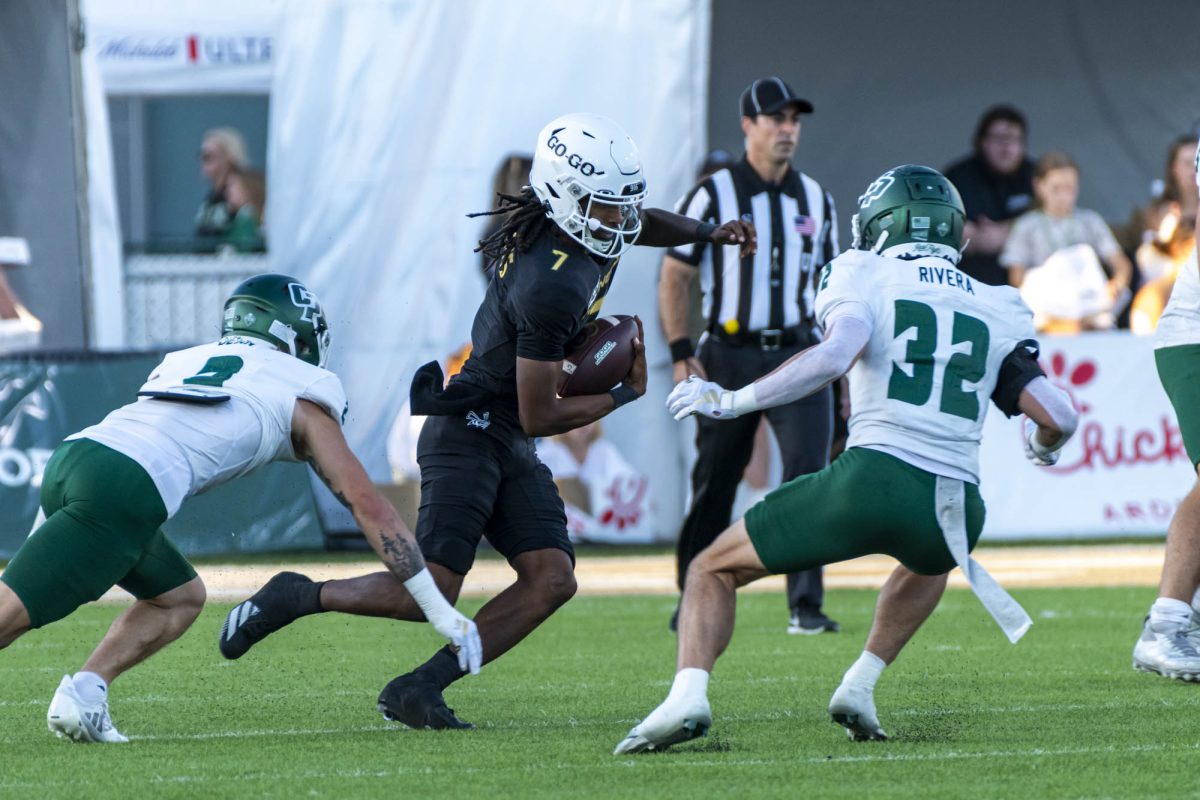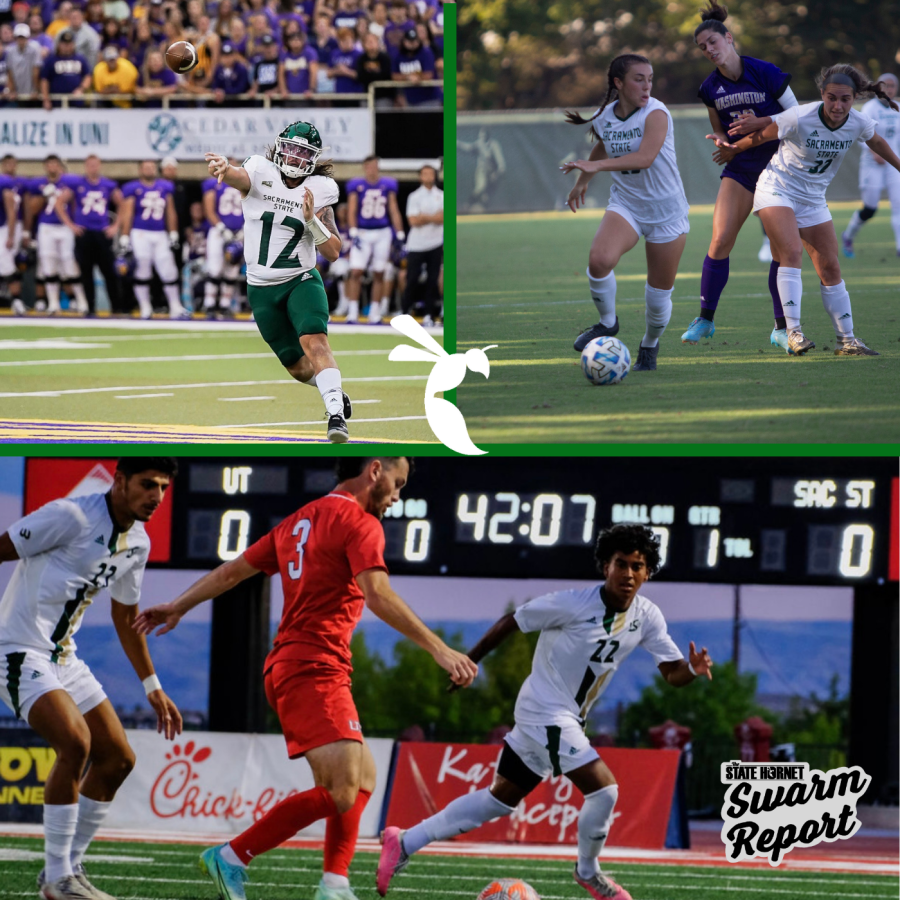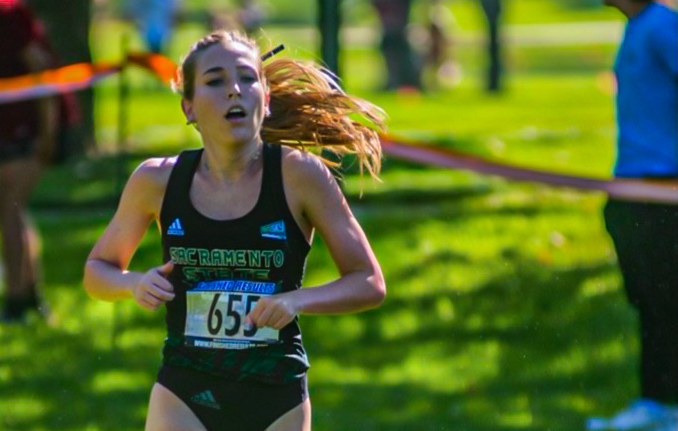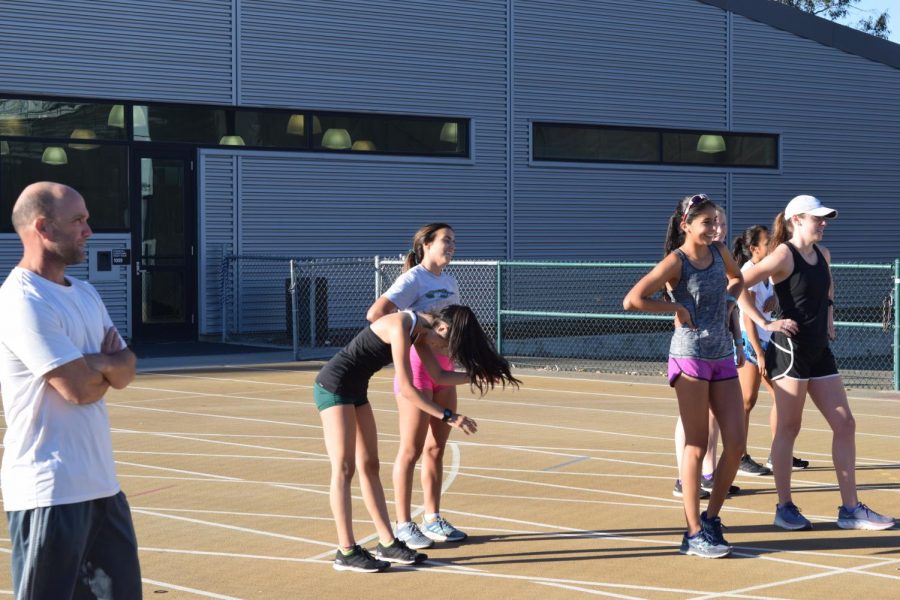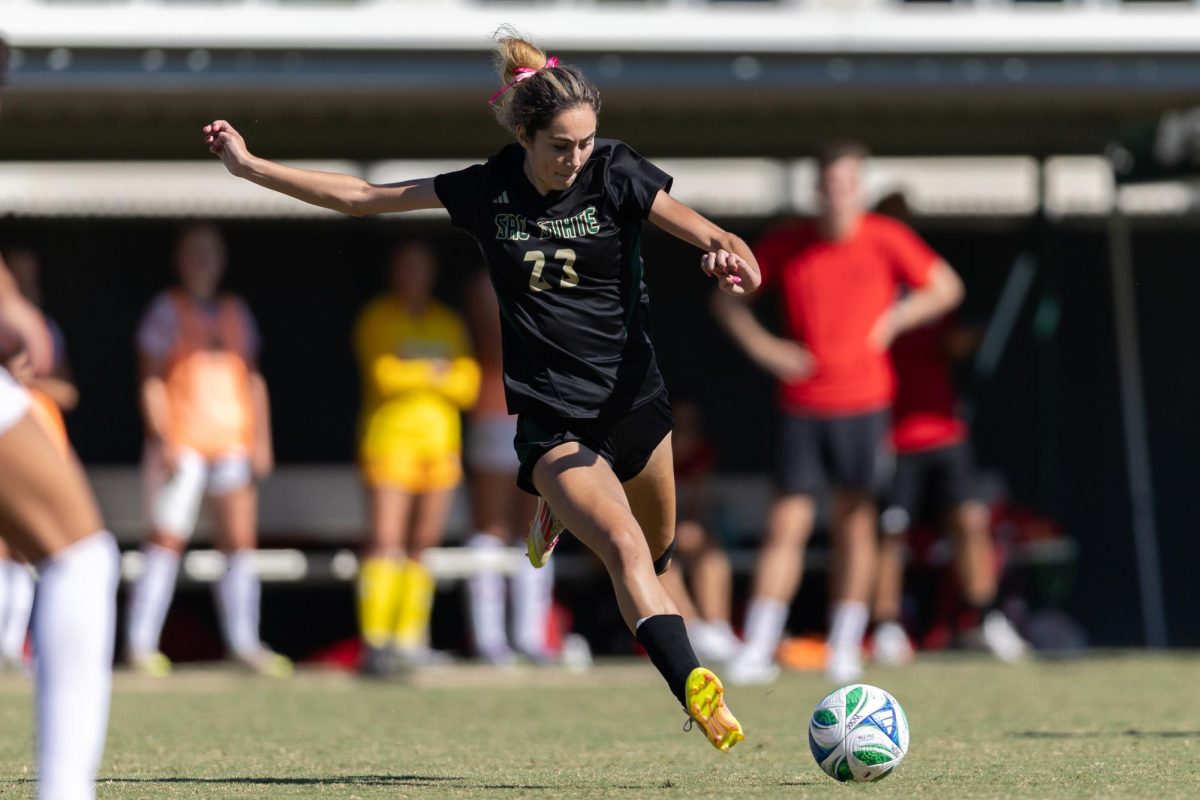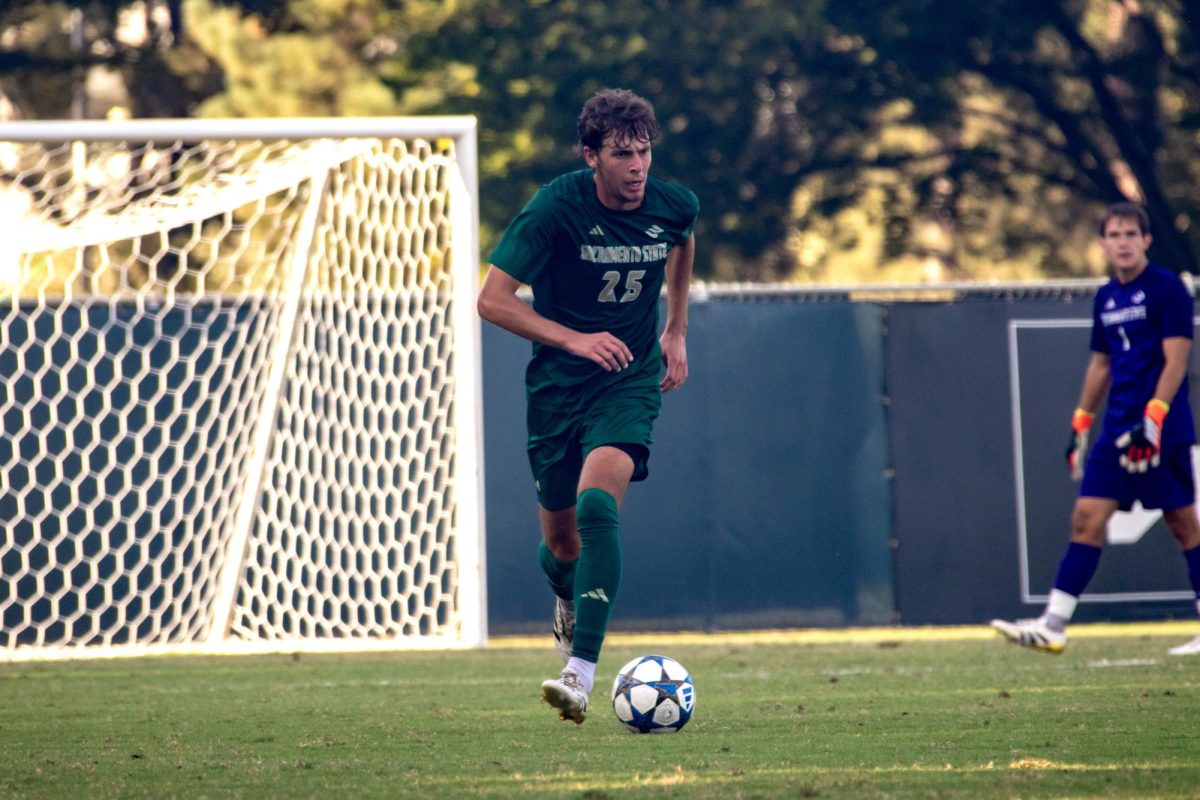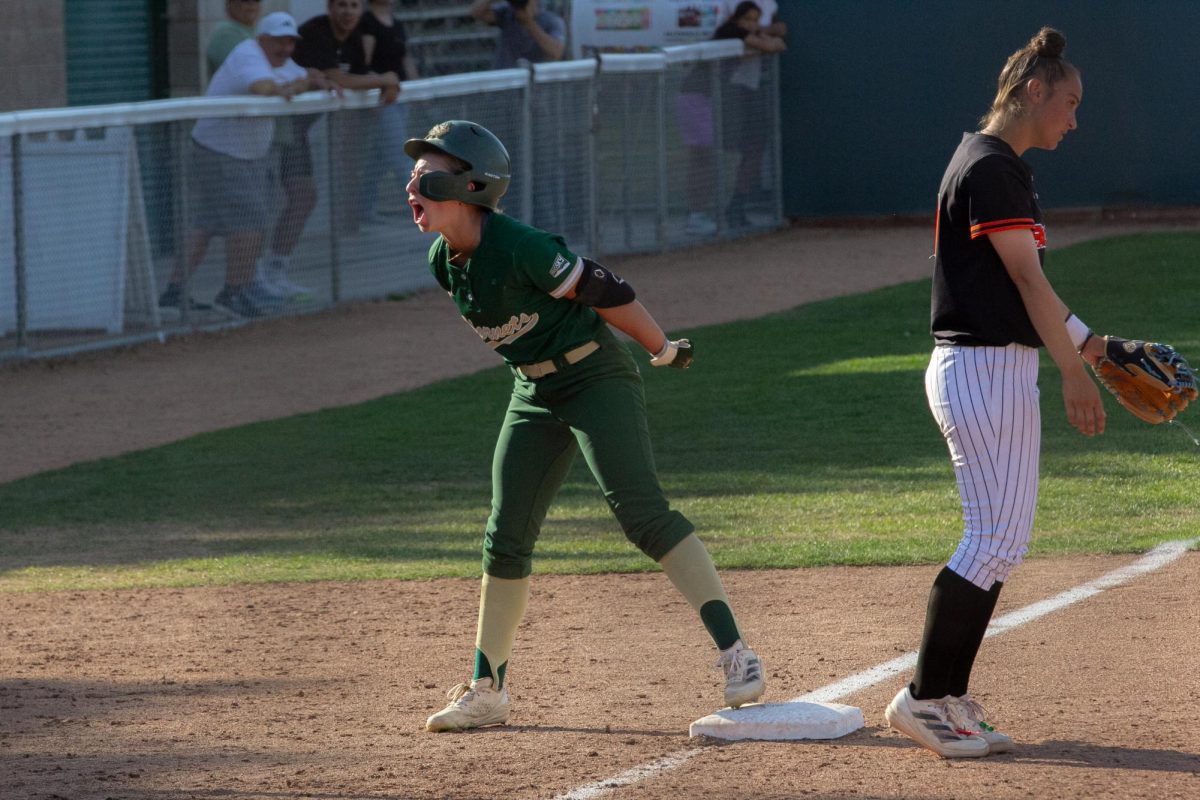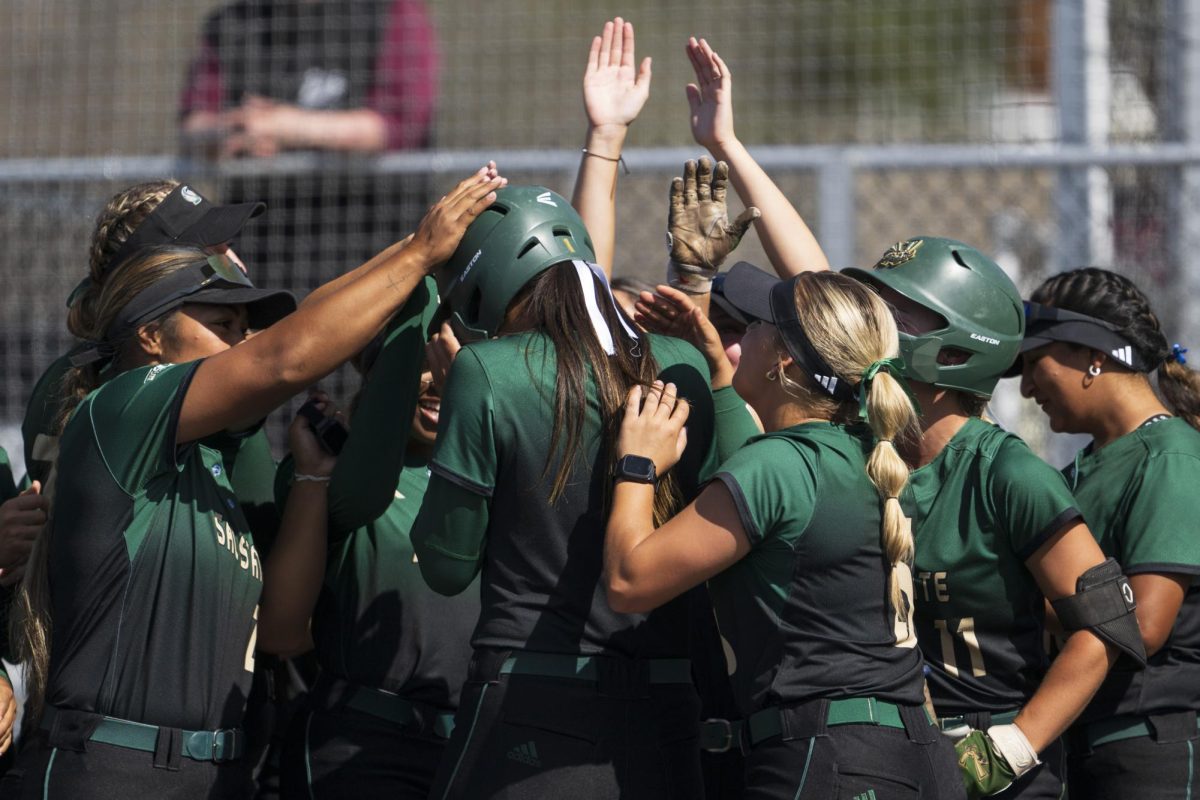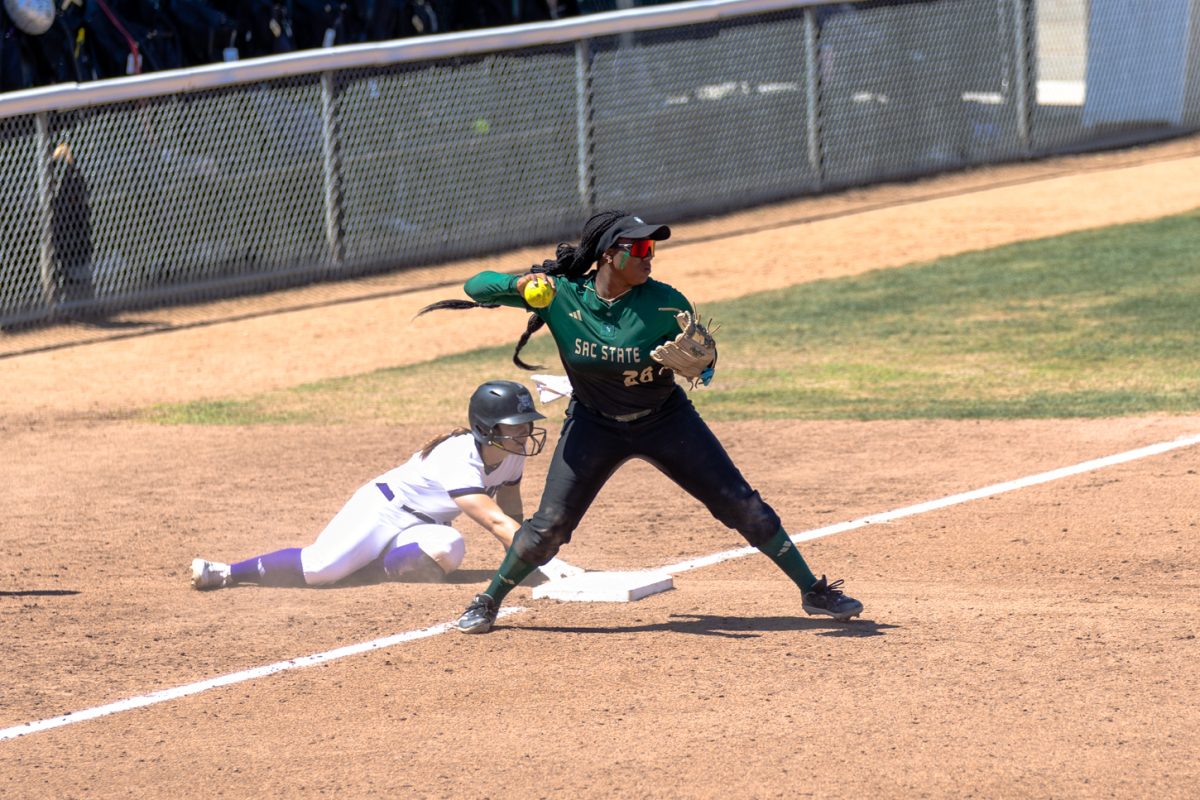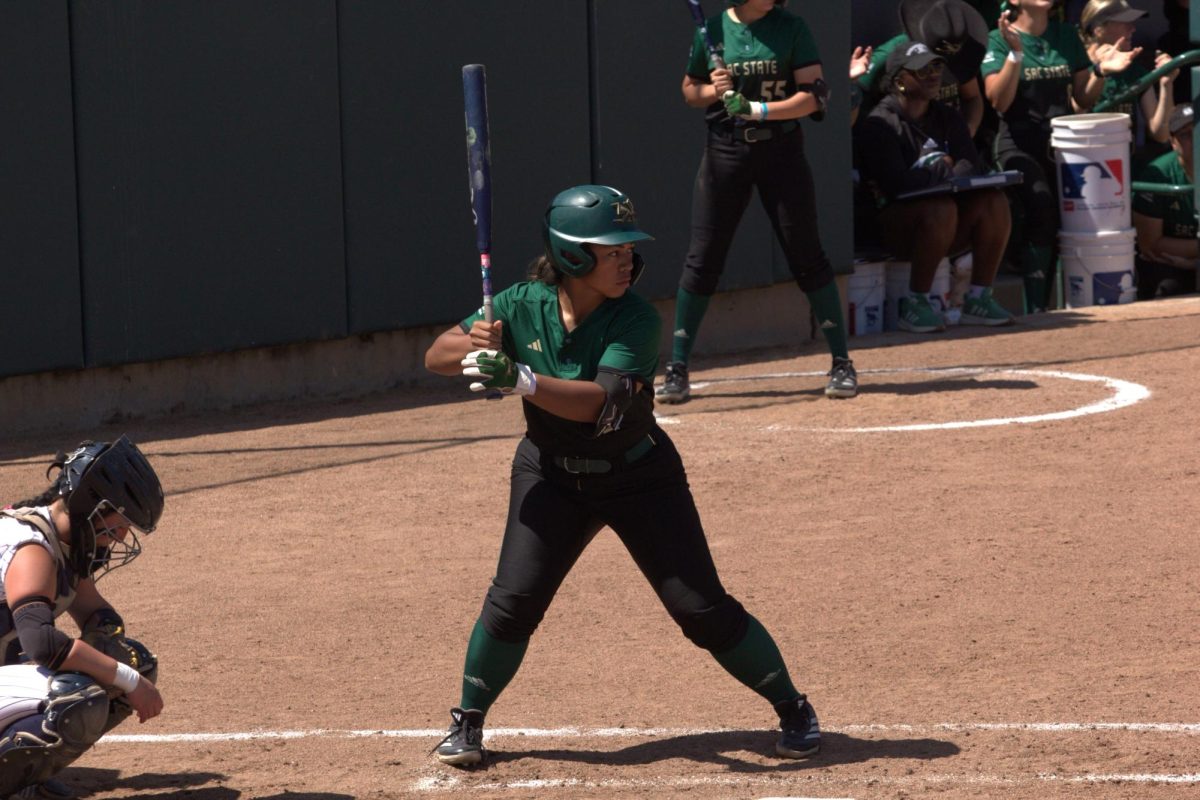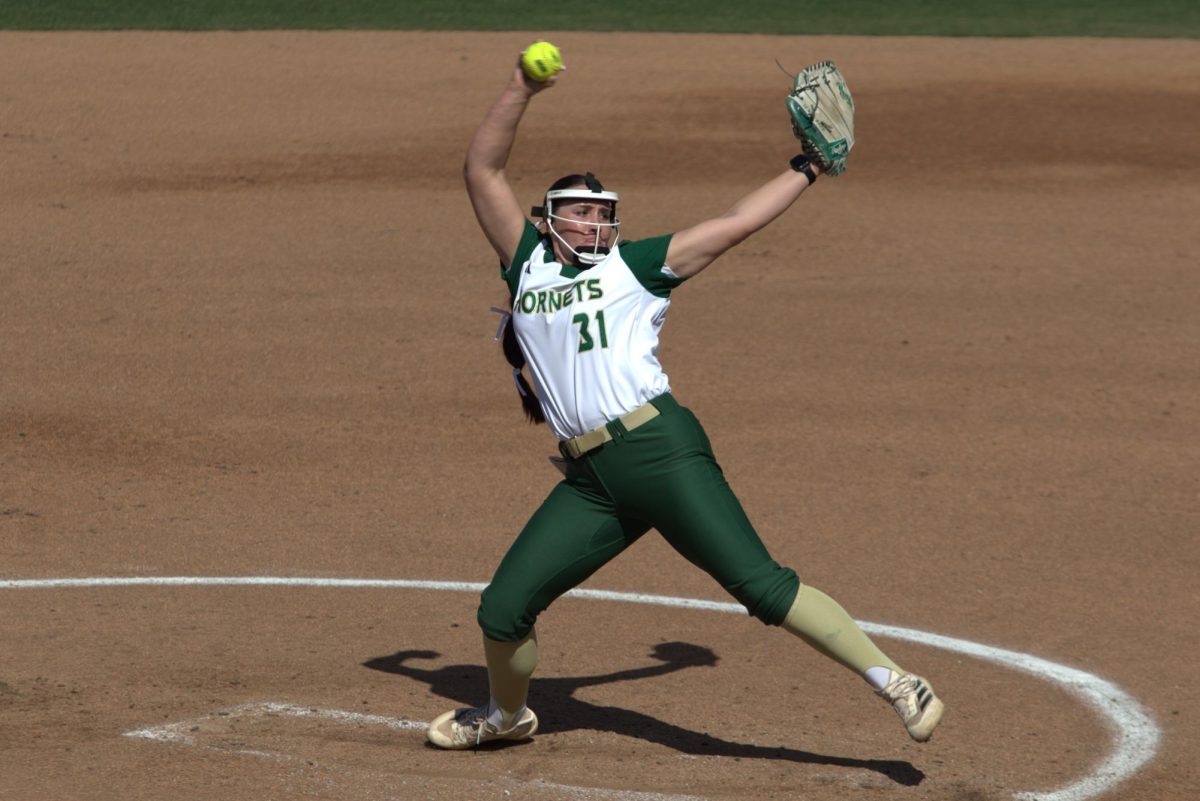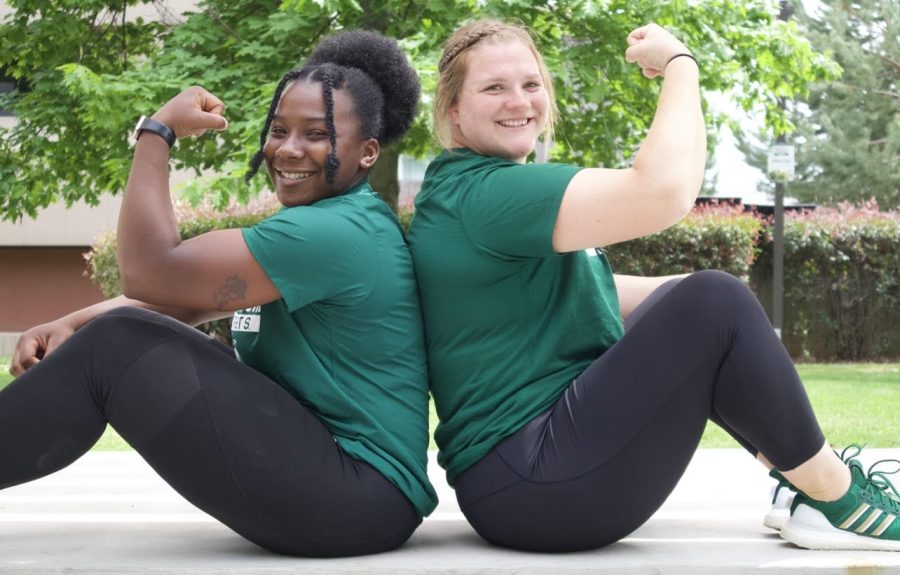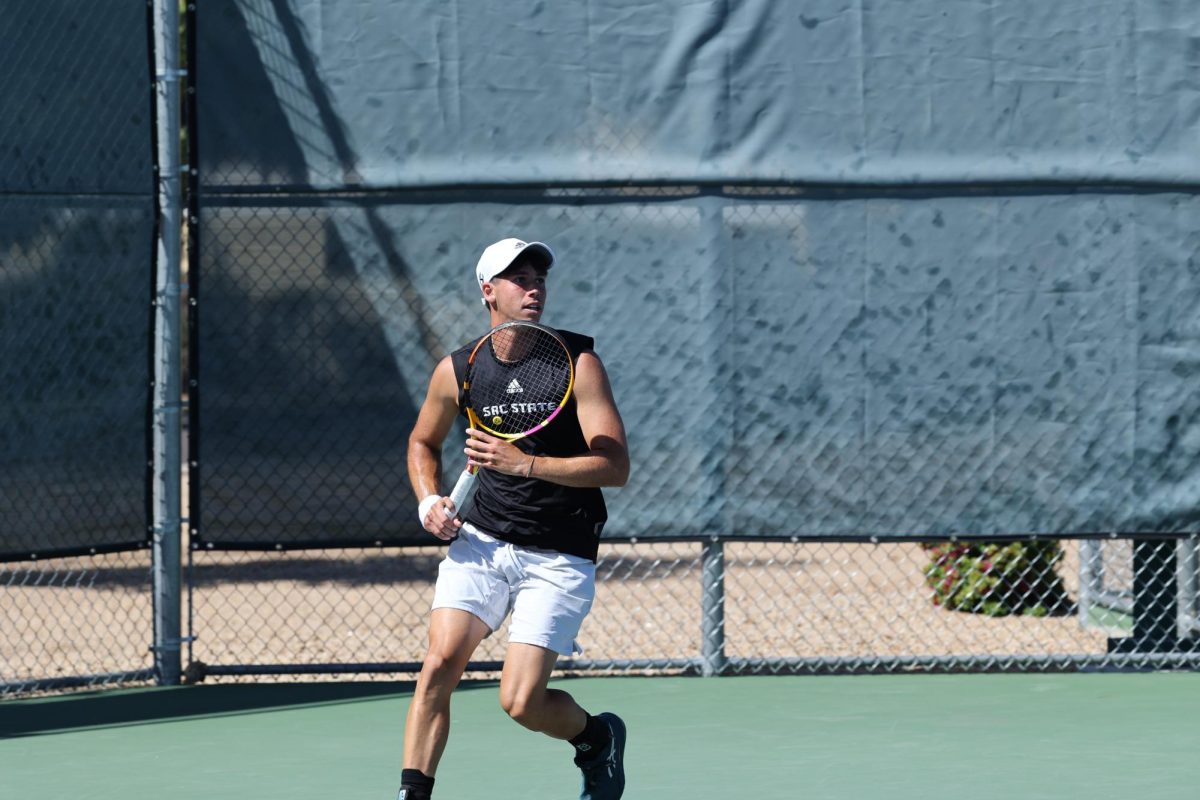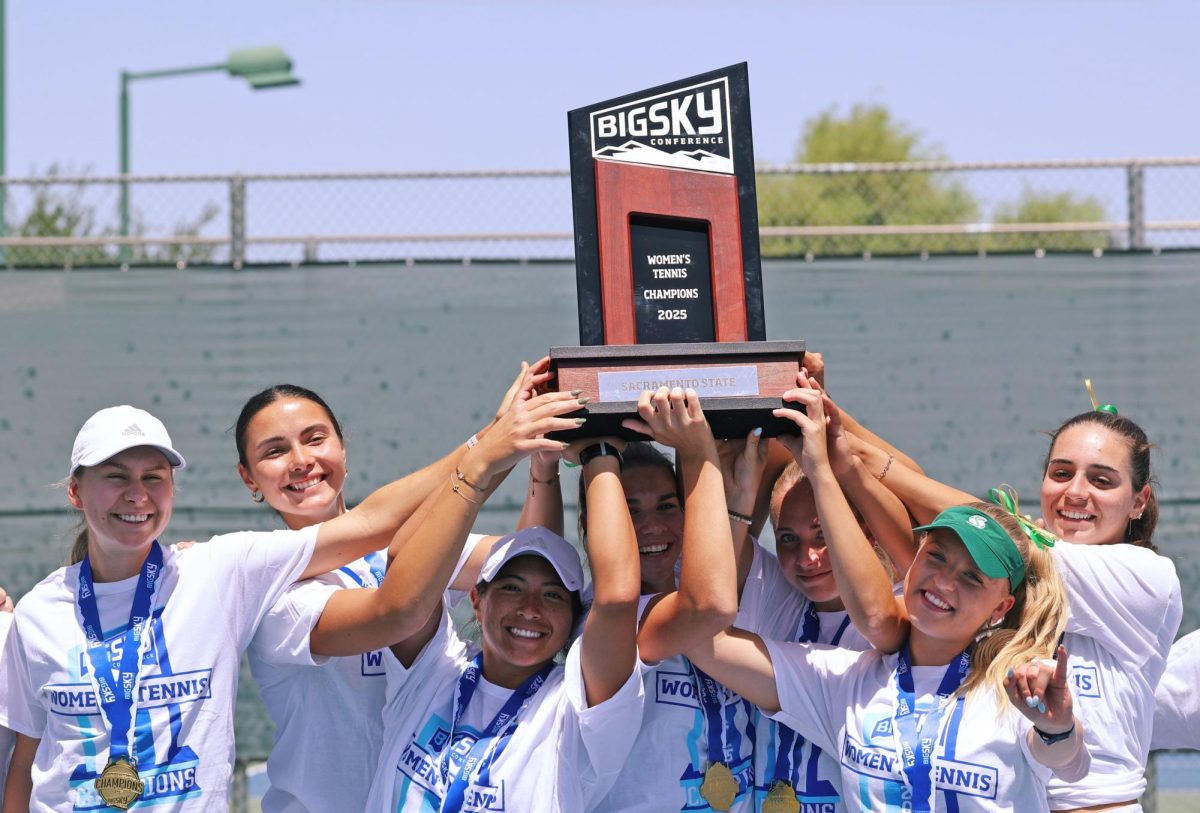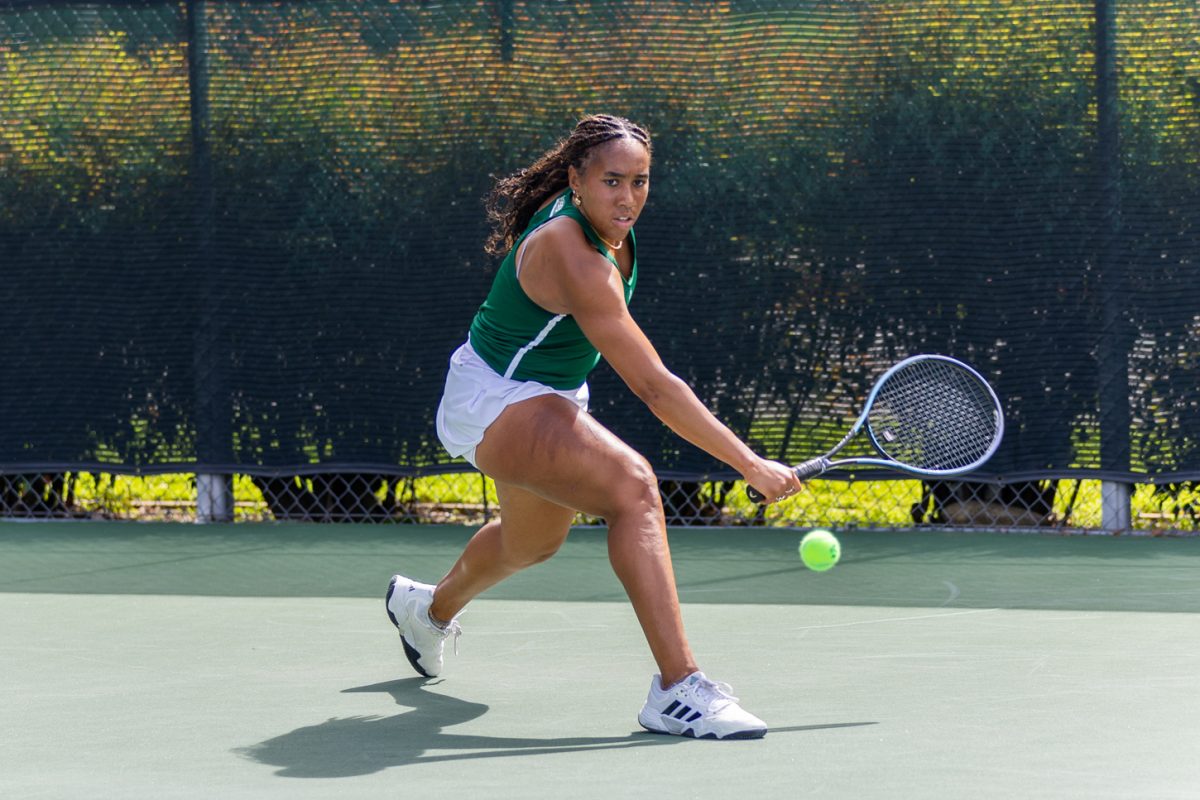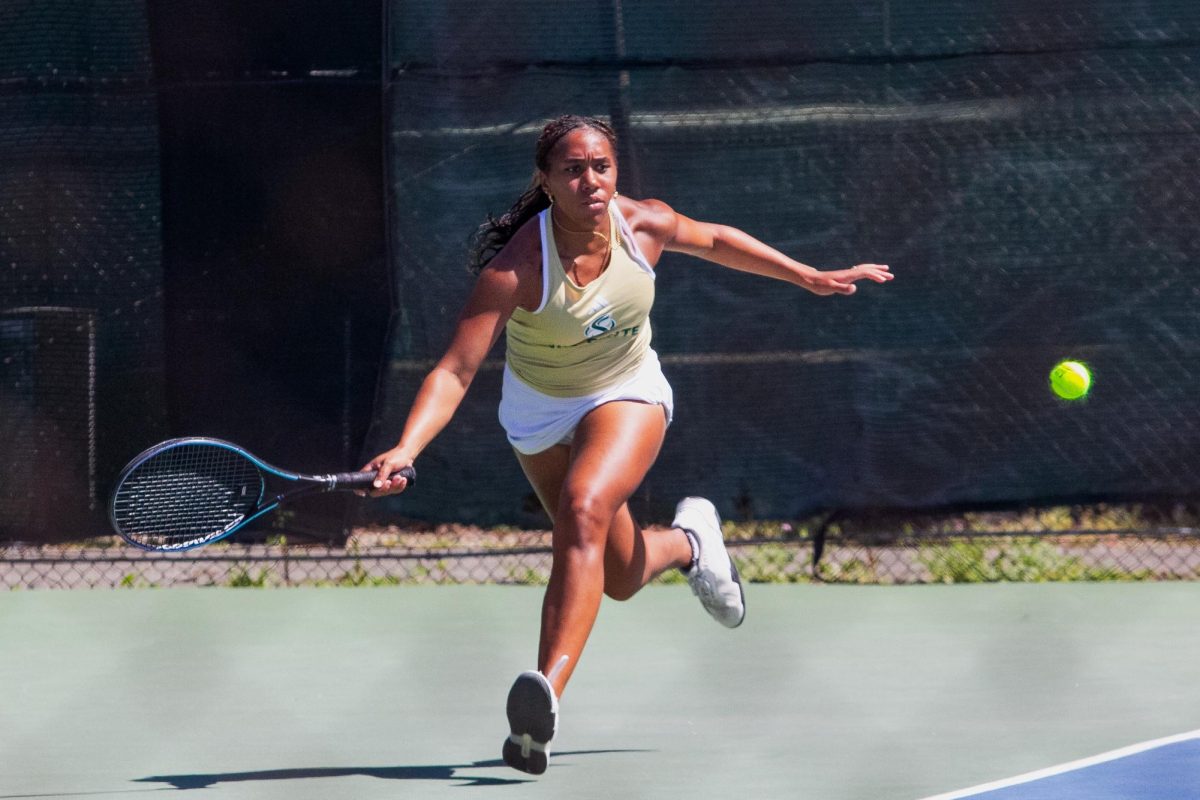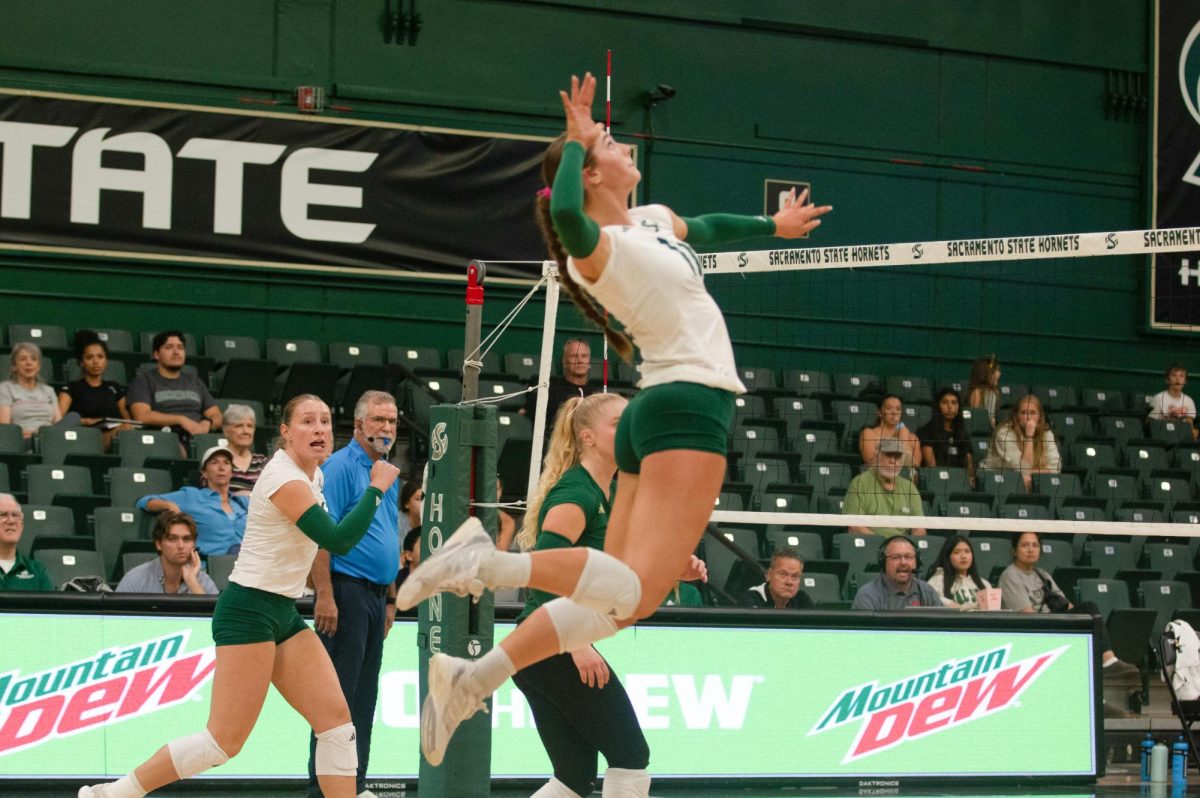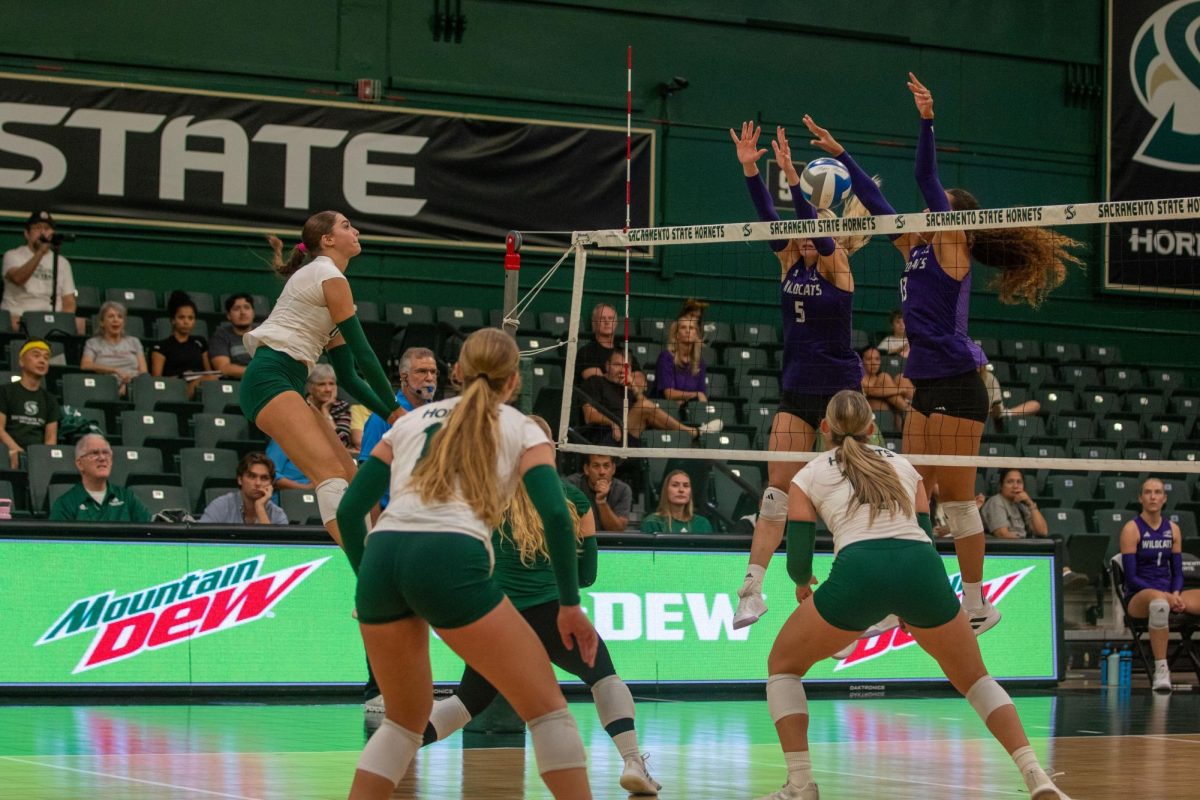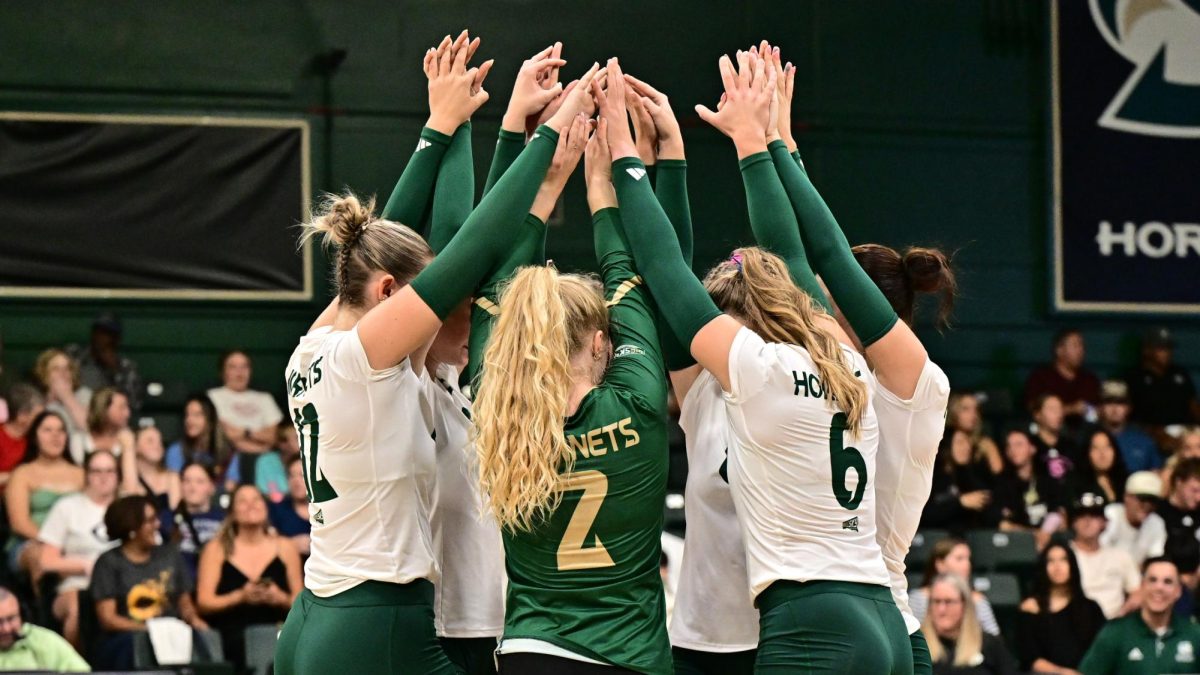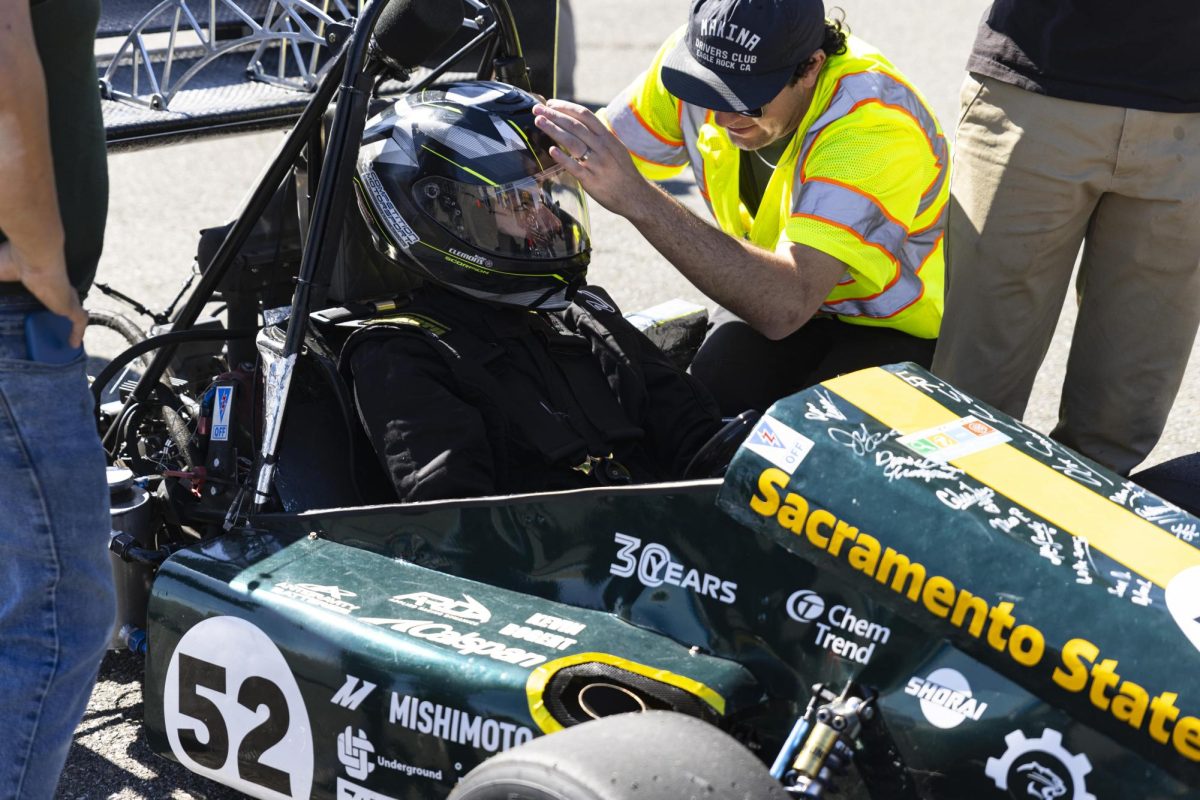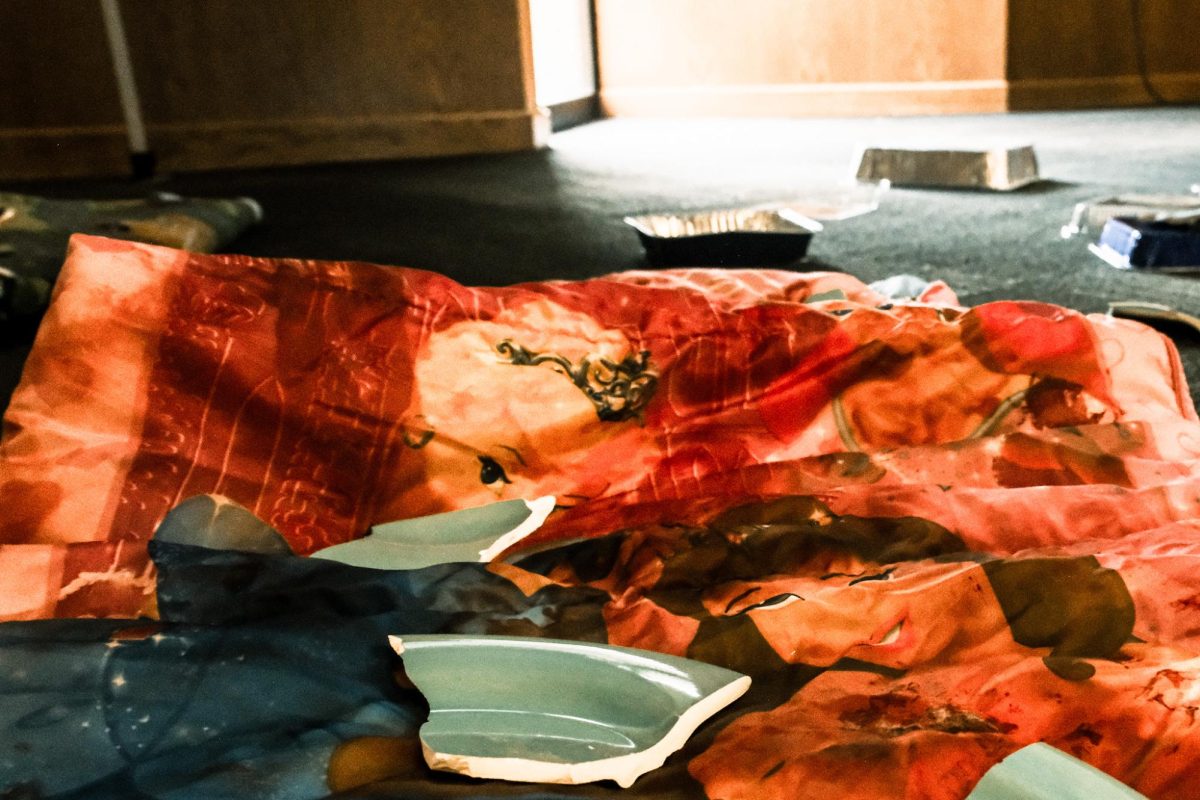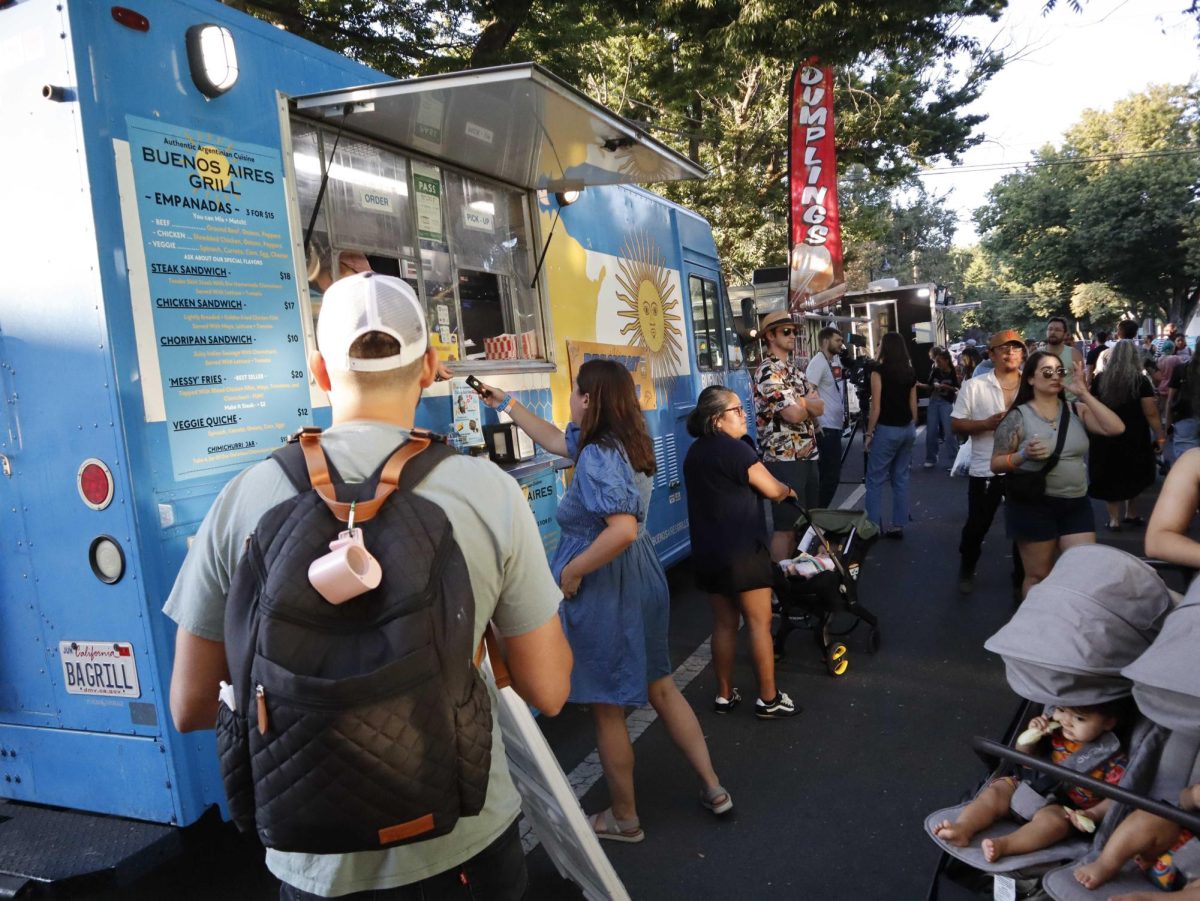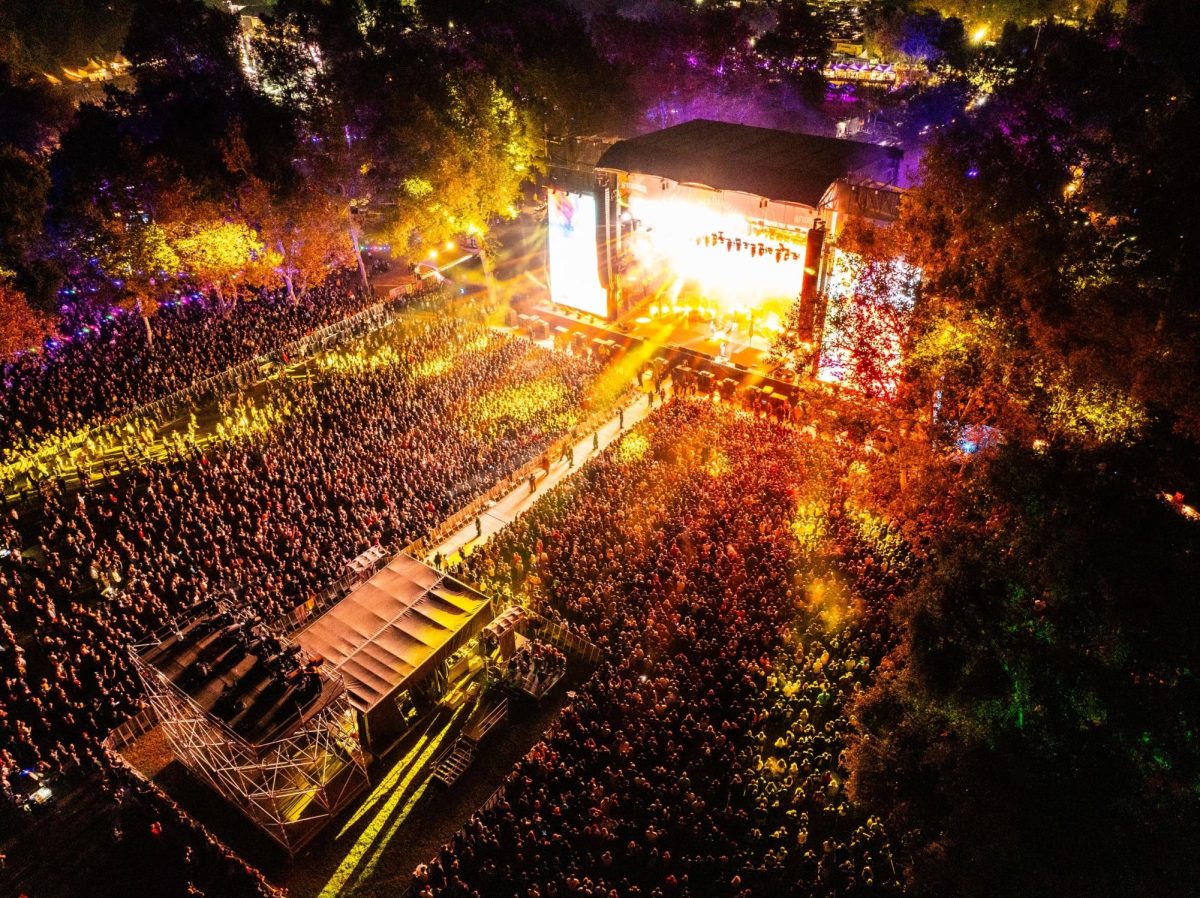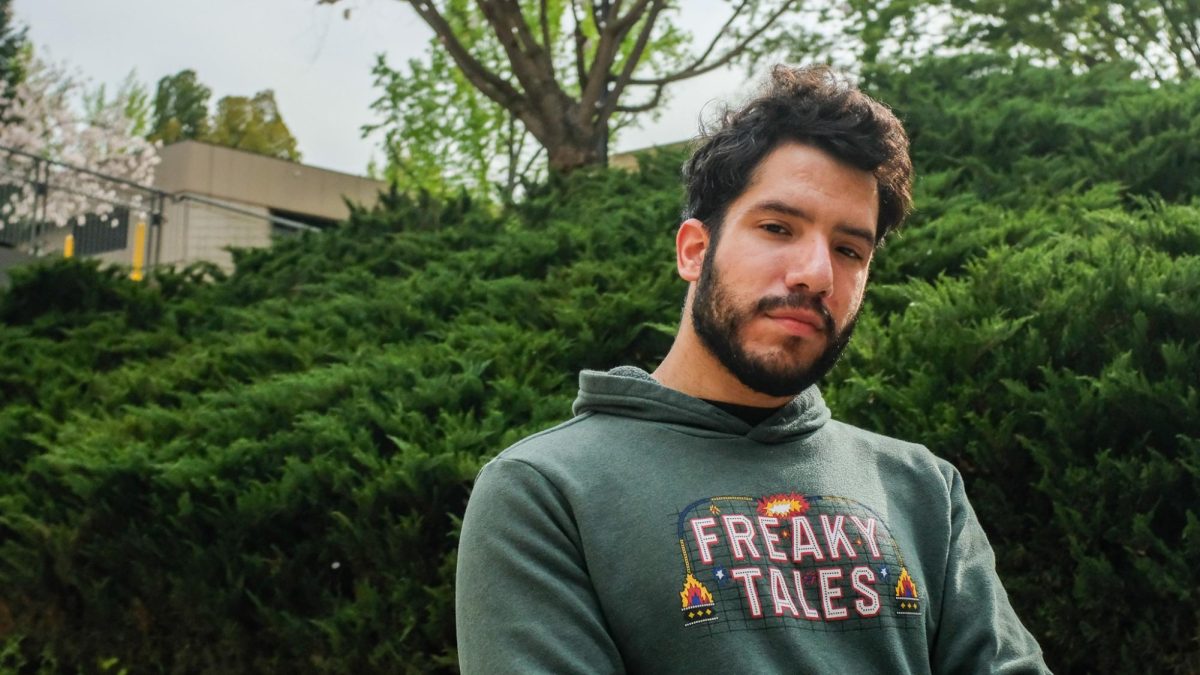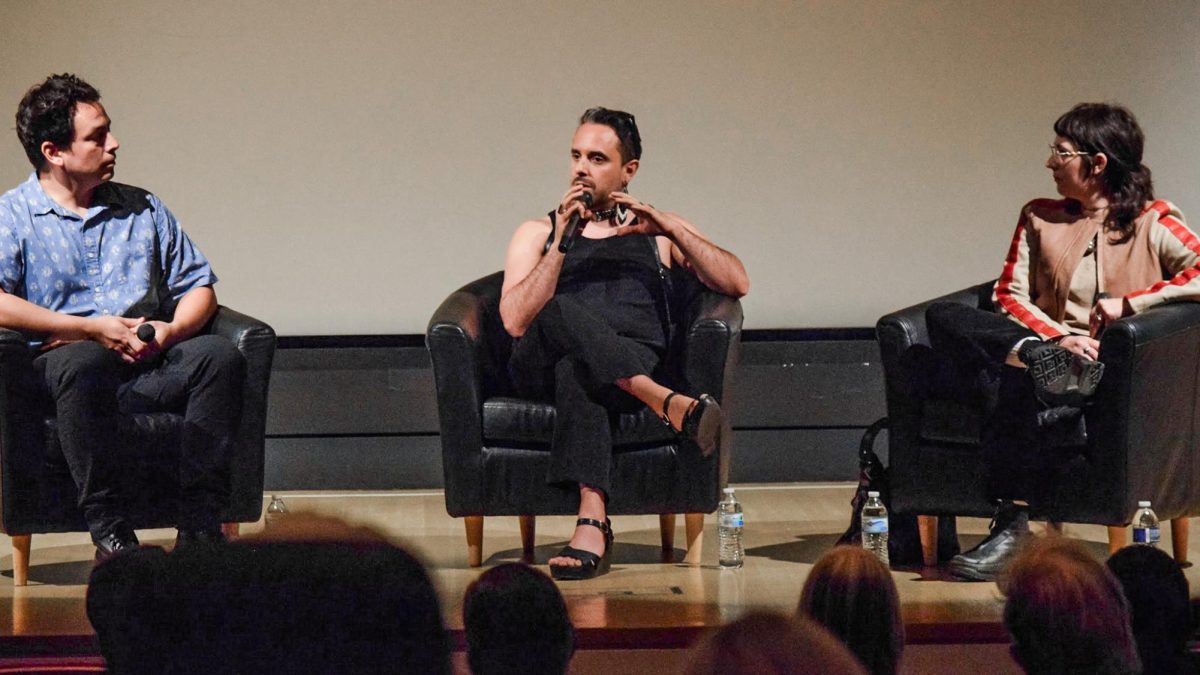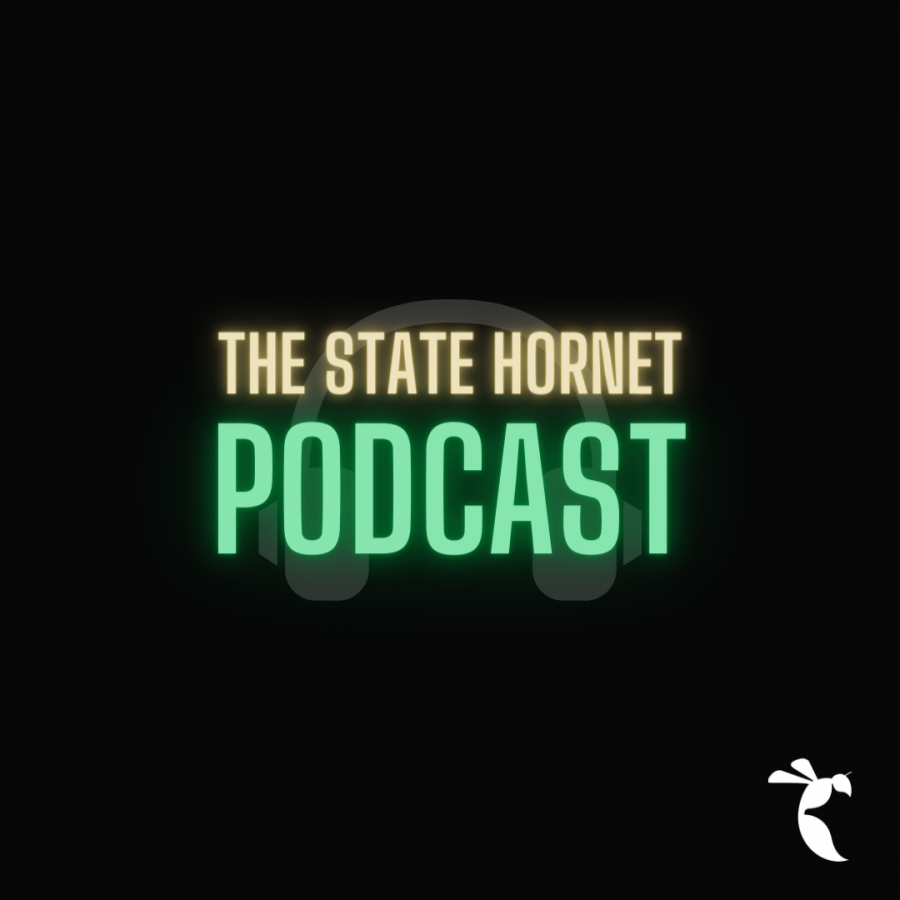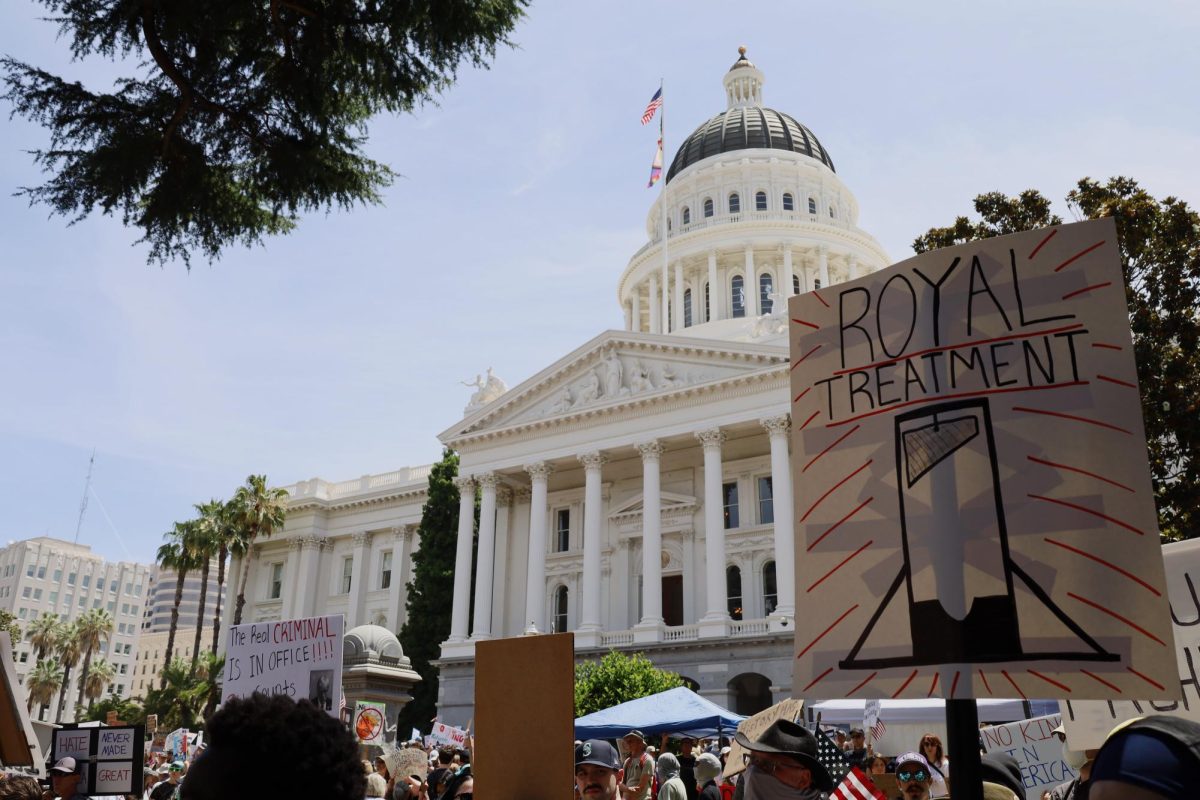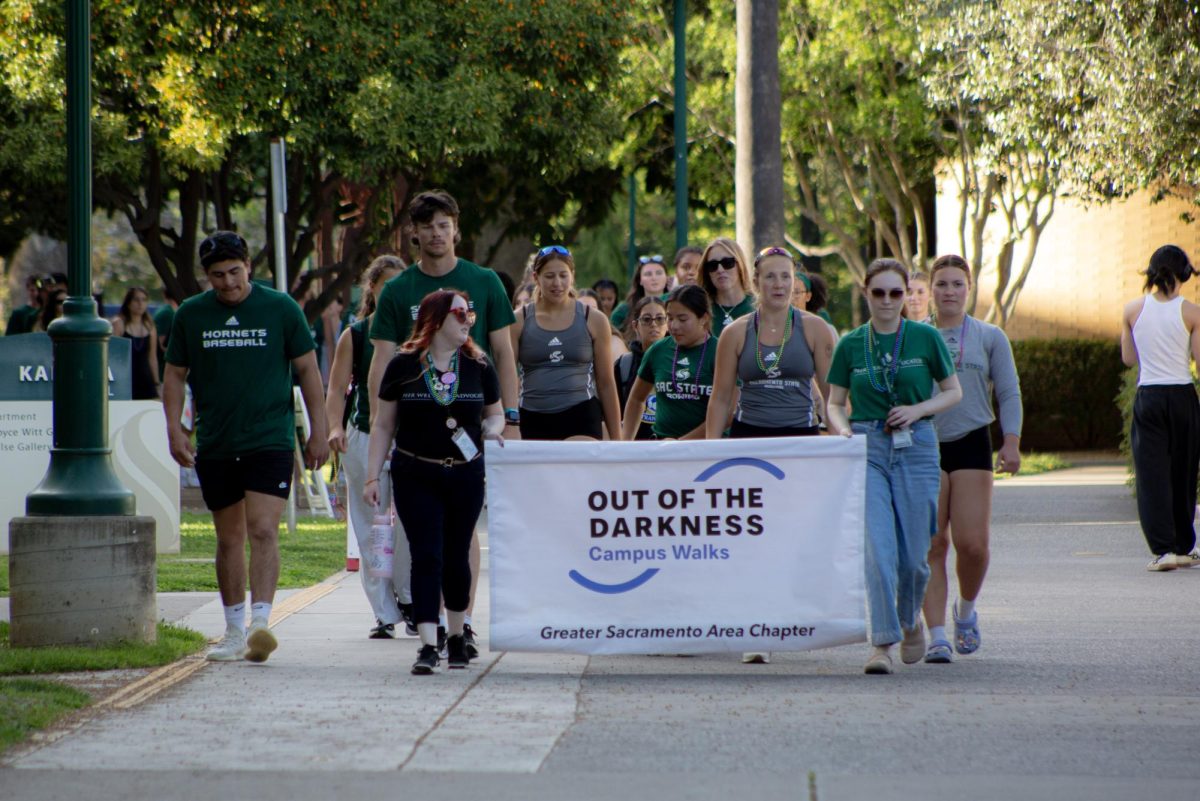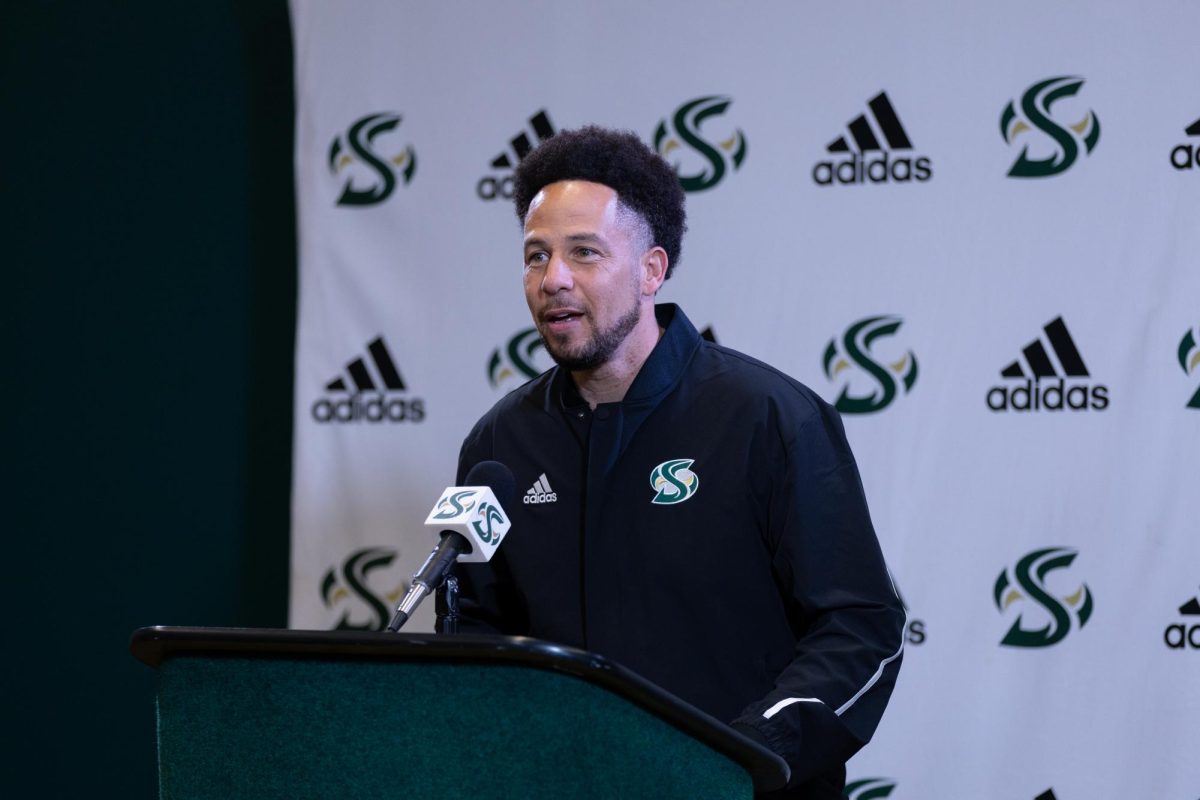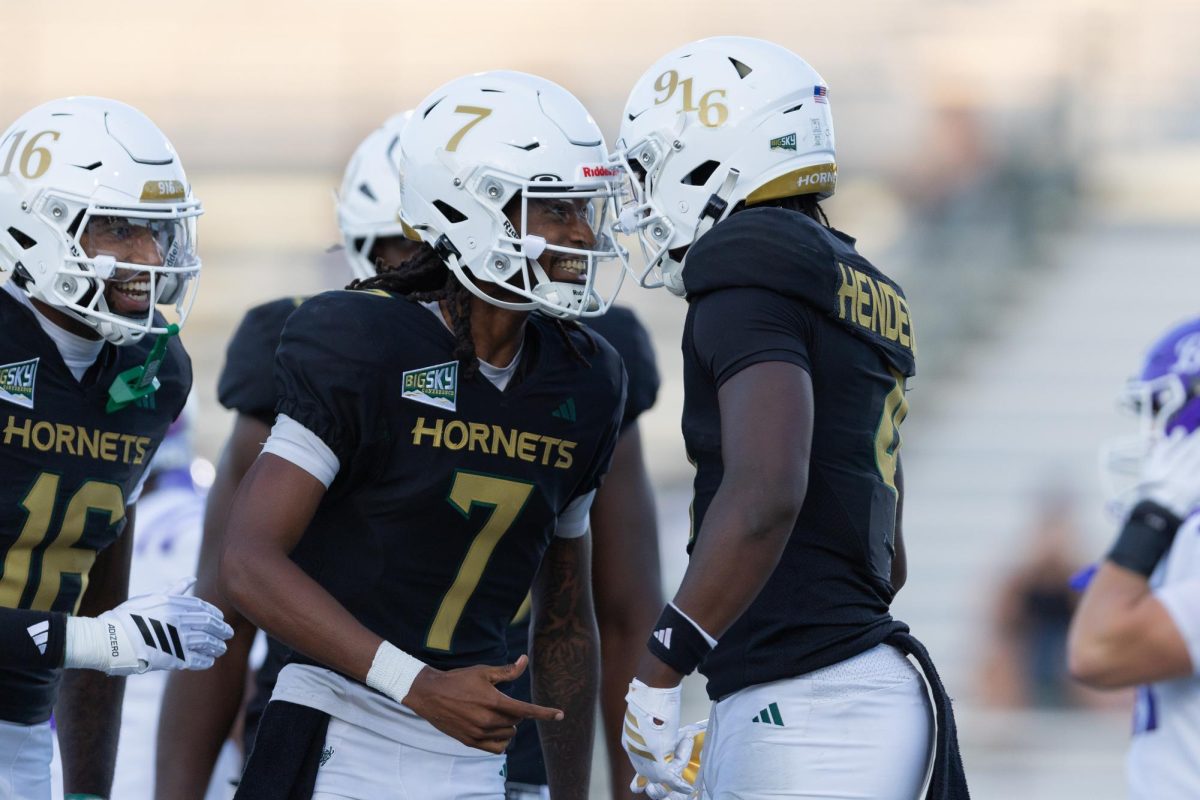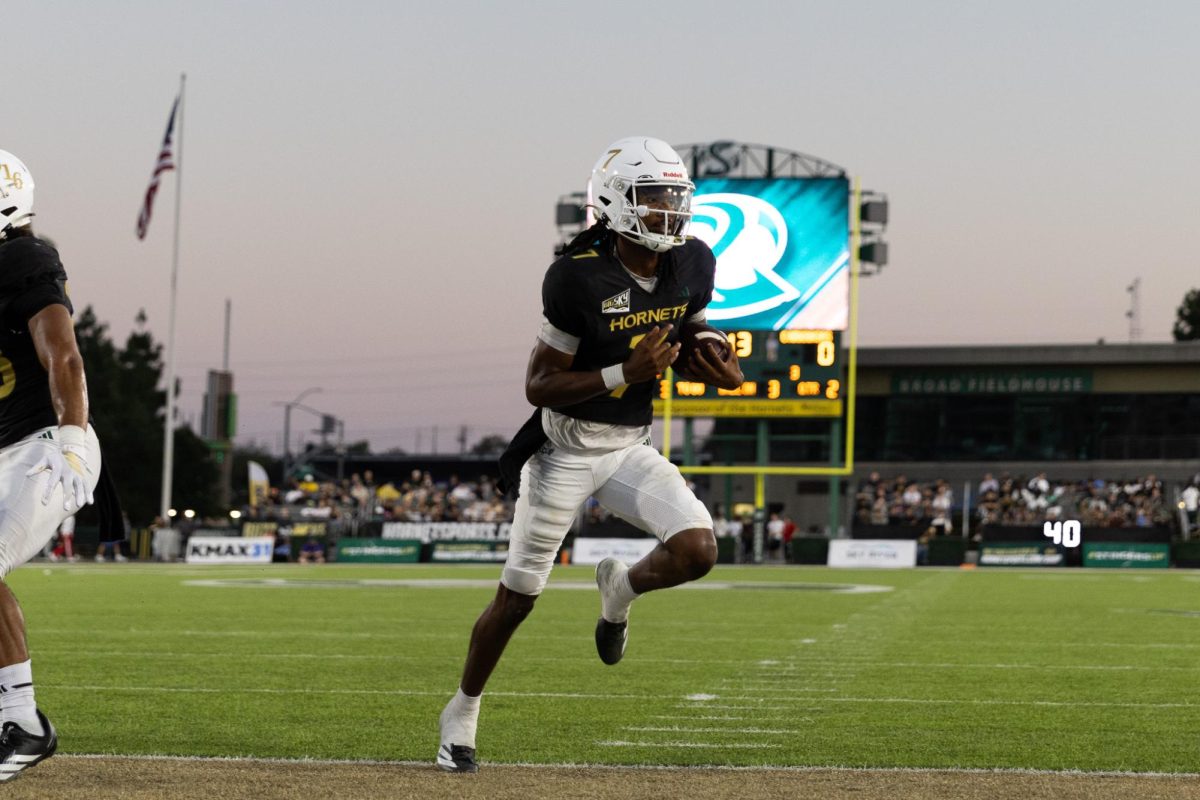Sacramento State President Luke Wood revealed to The State Hornet that the school’s new multi-use stadium will be built in three phases and shared new information about Sac State’s potential move to the FBS.
Wood said the first phase of construction on the stadium will begin this year, adding around $2.5 million in new amenities, but did not share what the estimated final cost of the stadium would be.
This information comes off the heels of Wood making several public statements about Sac State making the jump to the FBS, the highest subdivision in college football. Wood said that Sac State has spoken with three FBS conferences in the region and that a move will not happen in 2025.
Stadium Construction
Wood called the first phase the “pre-construction phase” and said it will begin this year. He said this part of the process will focus on adding new amenities like ribbon boards, seating on the home side and in the end zone, bathroom arrangements and lighting systems.
He said that the cost of this first phase is estimated to be around $2.5 million dollars, but that the estimated figure should be lower than that of San Diego State’s Snapdragon Stadium.
According to San Diego State Athletics, the estimated cost of Snapdragon Stadium, which opened in 2022, was $310 million.
“We are going to build what we can afford and stay within our resources,” Wood said. “I’m sure there are people who would love to have us build a half-a-billion-dollar stadium, but that’s not happening.”
In addition to this, Wood said that the only school funds used for the stadium’s construction will come from dollars already marked for use on athletic facilities. He said the rest of the funds will be from sponsors and donors.
I talked with @DrLukeWood about @sacstate’s new multi-use stadium.
He said the construction will take place in three-phases, with the first beginning this year. He said this will allow the football team to play at Hornet Stadium throughout construction.
Here’s the current plan:
— Jack Freeman (@JackFreeman_13) January 31, 2025
The second phase, Wood said, is projected to start in 2026. He said this phase will consist of the bulk of construction and include things like a new entrance, the removal of the track around the field and new stands and boxes.
“We’ll have at least the skeletal part of the stadium – at least our plan is to – by 2026,” Wood said.
Wood said the final phase is planned to start between 2027 and 2029. This phase, he said, will add additional modifications like overhangs with solar panels and a moveable stage for concerts to be held at the venue.
“The whole point of the stadium is to have an opportunity to generate revenue for our campus community,” Wood said.
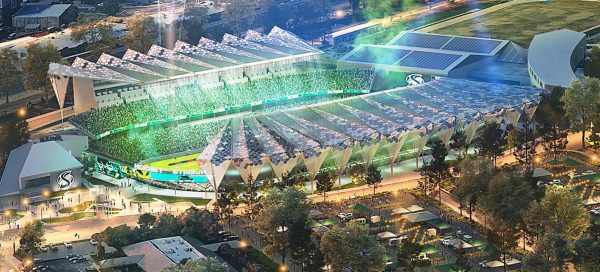
Wood said that Sac State chose this path to construction, as opposed to a full tear down, because it should allow the football team to continue playing at Hornet Stadium for the entirety of construction.
“We didn’t want a situation where students had to go somewhere else to see their team,” Wood said. “That just didn’t seem accessible. The whole reason we do this is for the student experience, and that’s why it’s a phased approach.”
Wood said that these are just the current plans for the stadium and are flexible, if need be. He also said that he had no new information to share about the capacity of the stadium.
Moving to the FBS
In a tweet posted on Jan. 23, Wood said the school is “FBS or bust” and has sent out subsequent tweets about how the jump to the FBS could benefit students.
RELATED: BREAKING: ASI approves conversations of $2.5 million loan for a potential FBS transfer
Wood said he has spoken to three FBS conferences in Sac State’s region, but did not name which conferences he has spoken to. Wood also said that Sac State moving to the FBS for the 2025 football season is not happening.
“2025 is too soon, with schedules and all that, but our intent is as soon as we are approved and ready, and a lot of that will depend upon what the NCAA is willing to approve,” Wood said.
Wood also said that the school has explored a lot of options for their athletic conferences’ future, such as becoming a partial affiliate member of an FBS conference or an independent in FBS.
“We’ve looked at a combination of an affiliate conference for football and something else. We’ve also looked at all of our sports being in one conference,” Wood said. “We’ve looked at revenue-generating sports being in one conference and non-revenue-generating sports being in another.”
Wood said that his focus is to have Sac State in a position to play teams on the West Coast, in the interest of shortening student athlete’s travel schedules as much as possible.
Wood said the school hopes to announce its move to the FBS in the coming months.
“Our hope is either February or March, but at the very latest April,” Wood said. “If I was a betting man, I would say, more likely to be the earlier part of that timeline, not the latter.”


